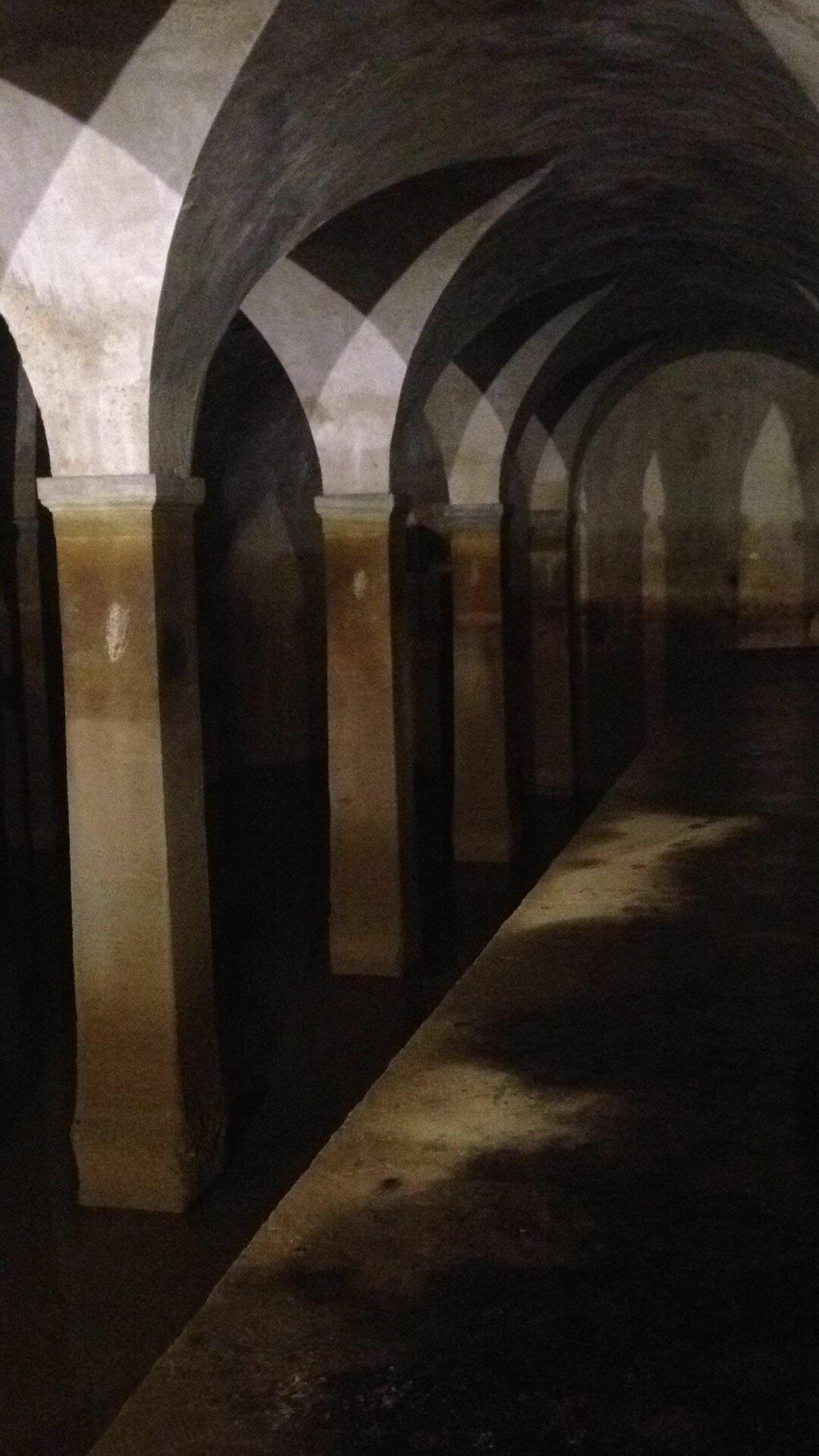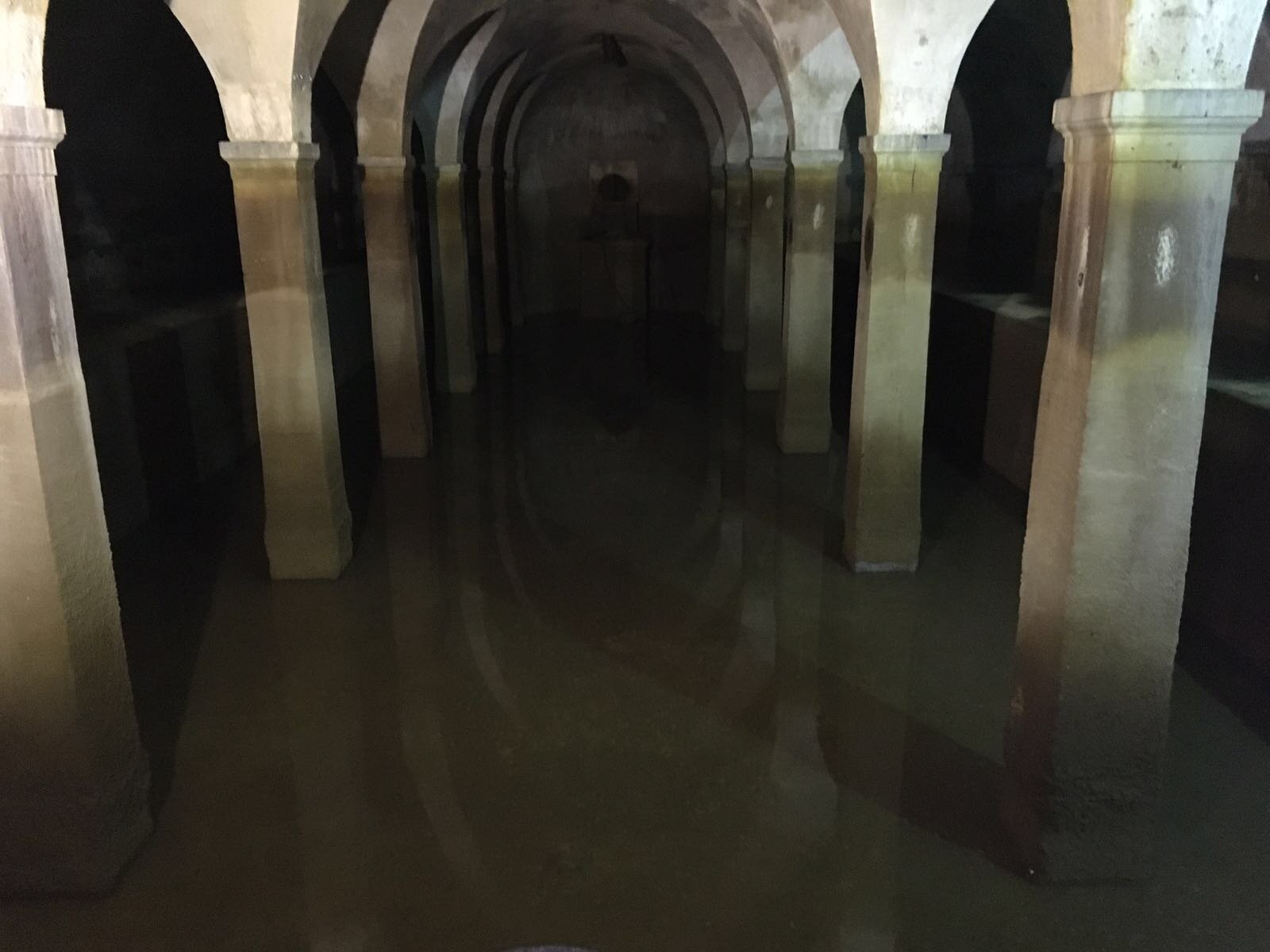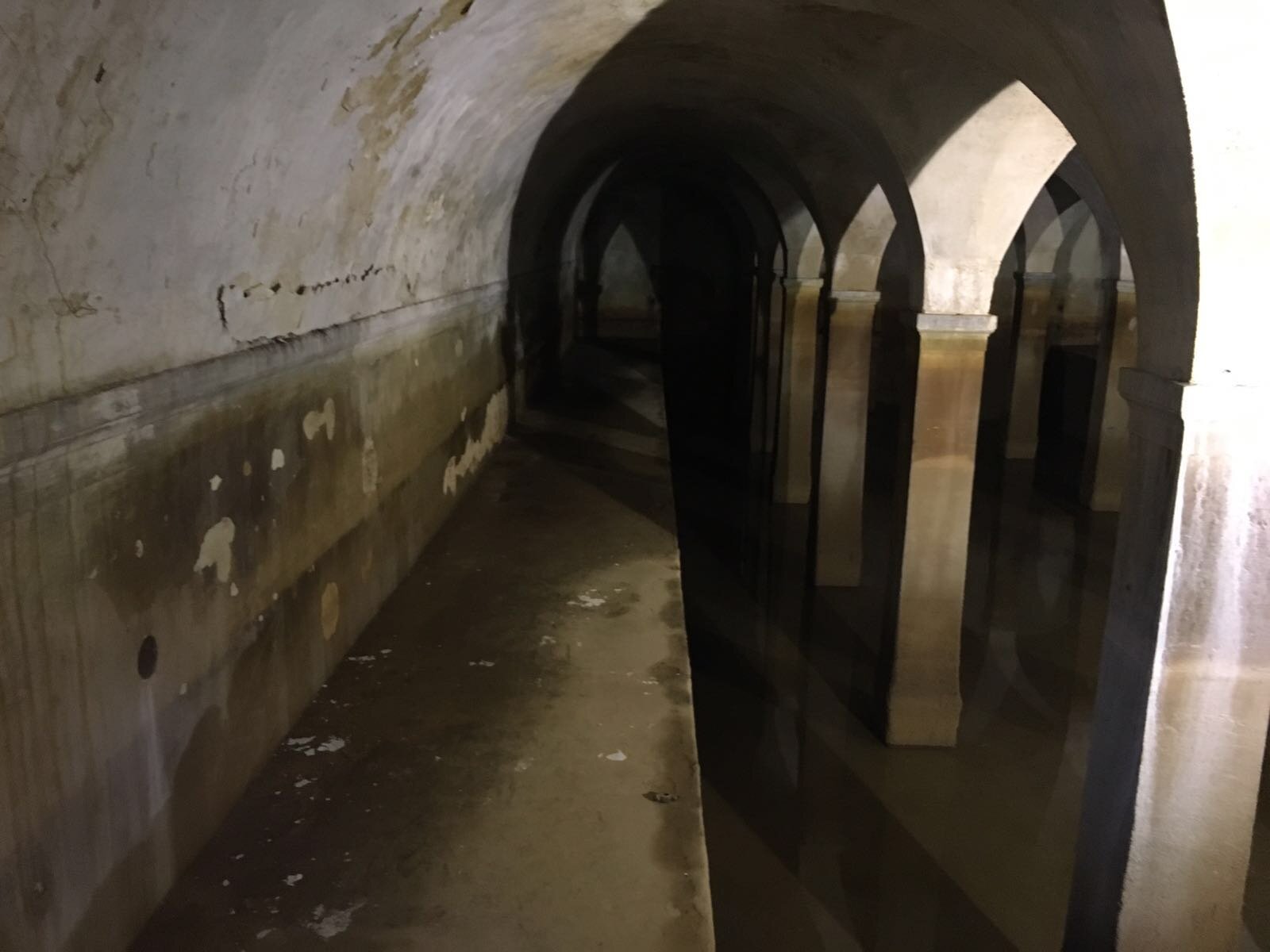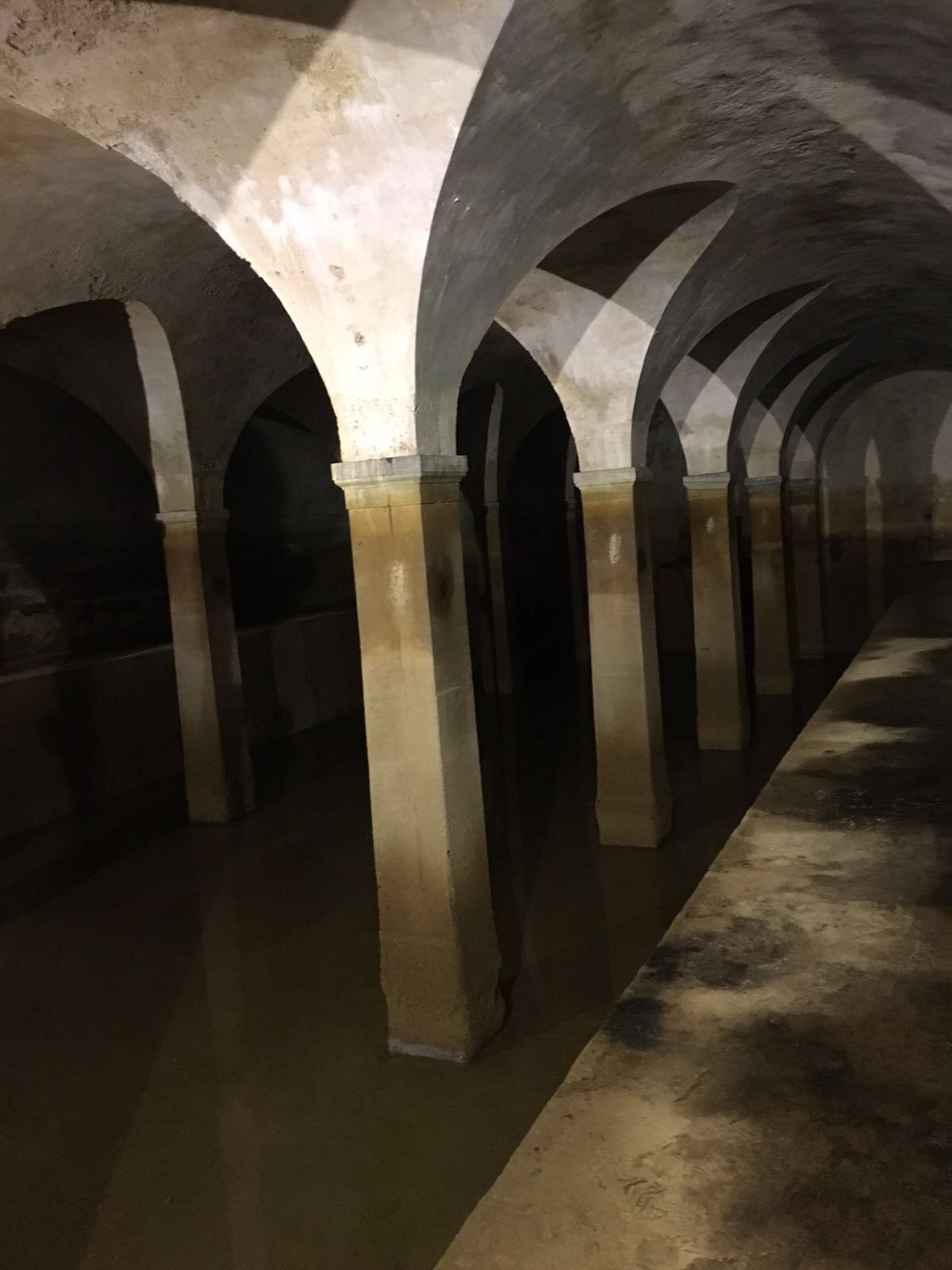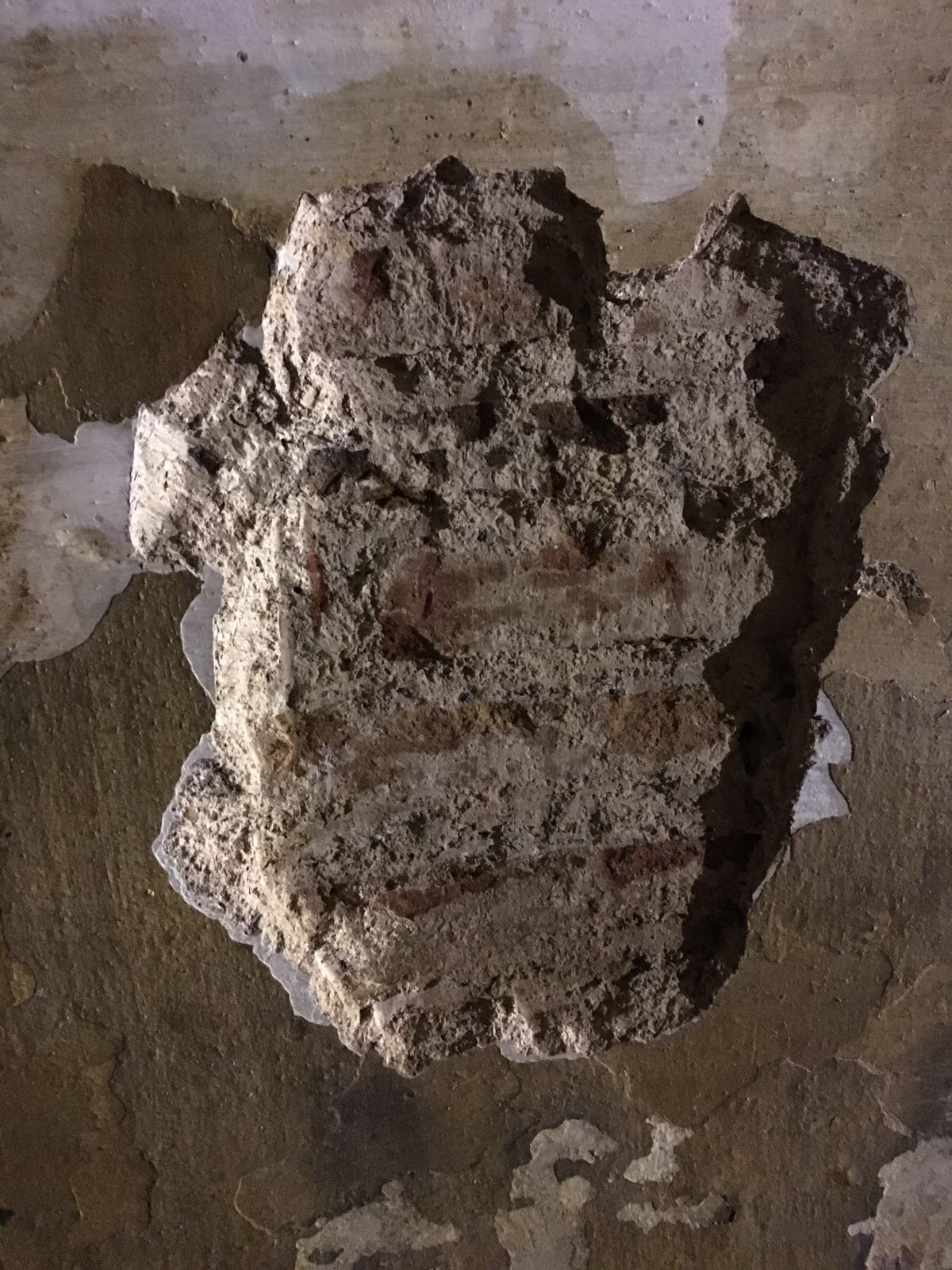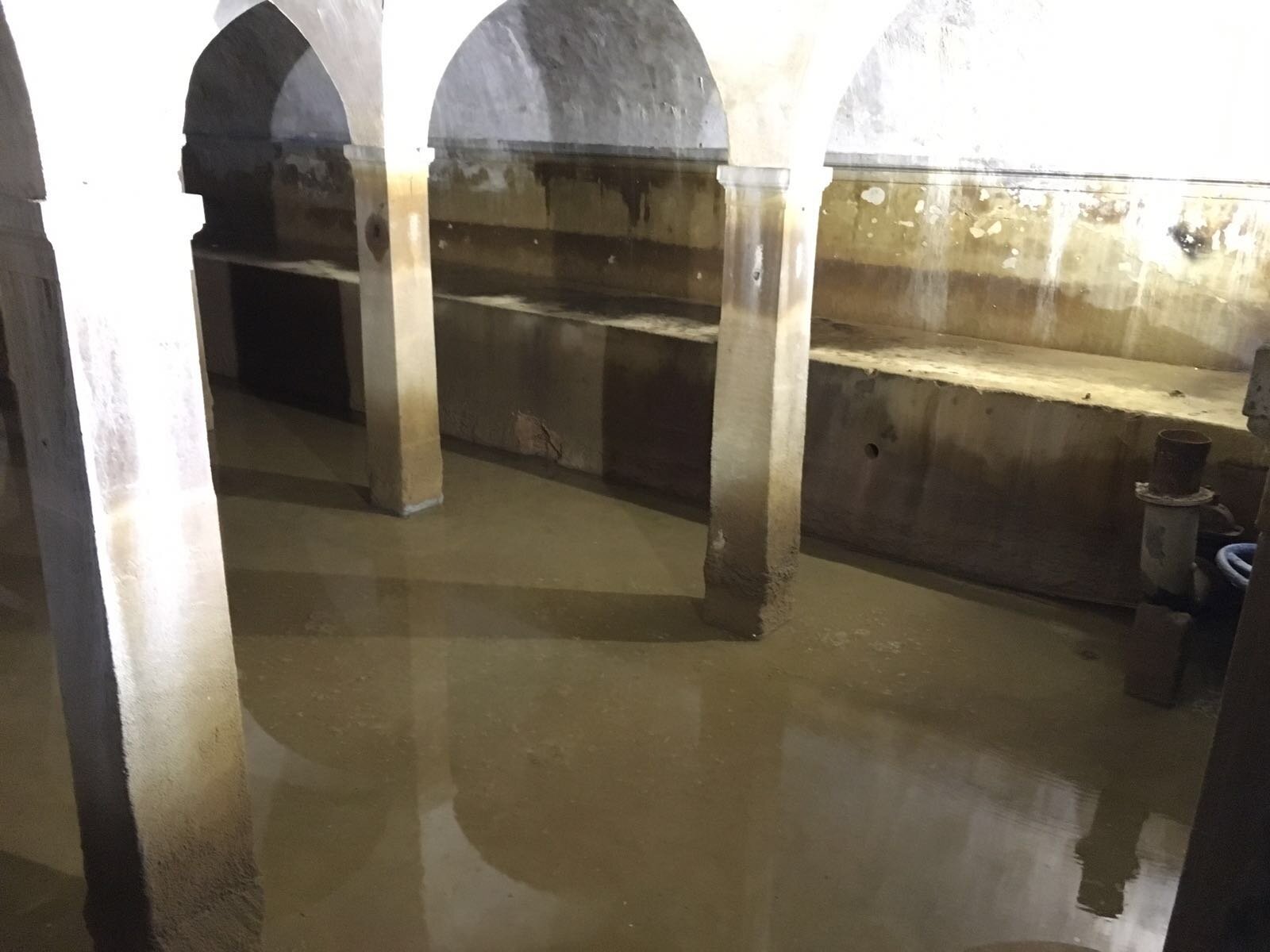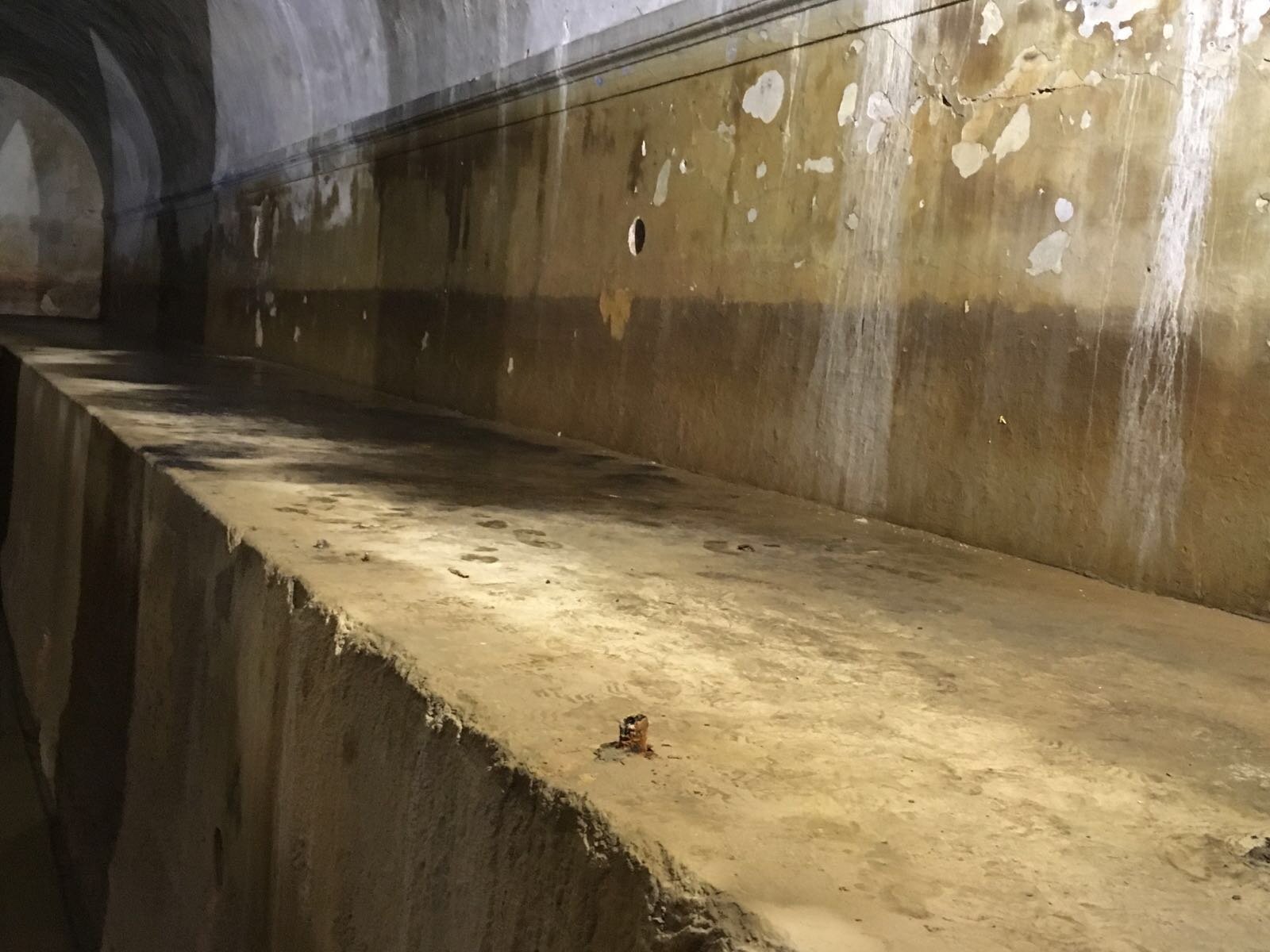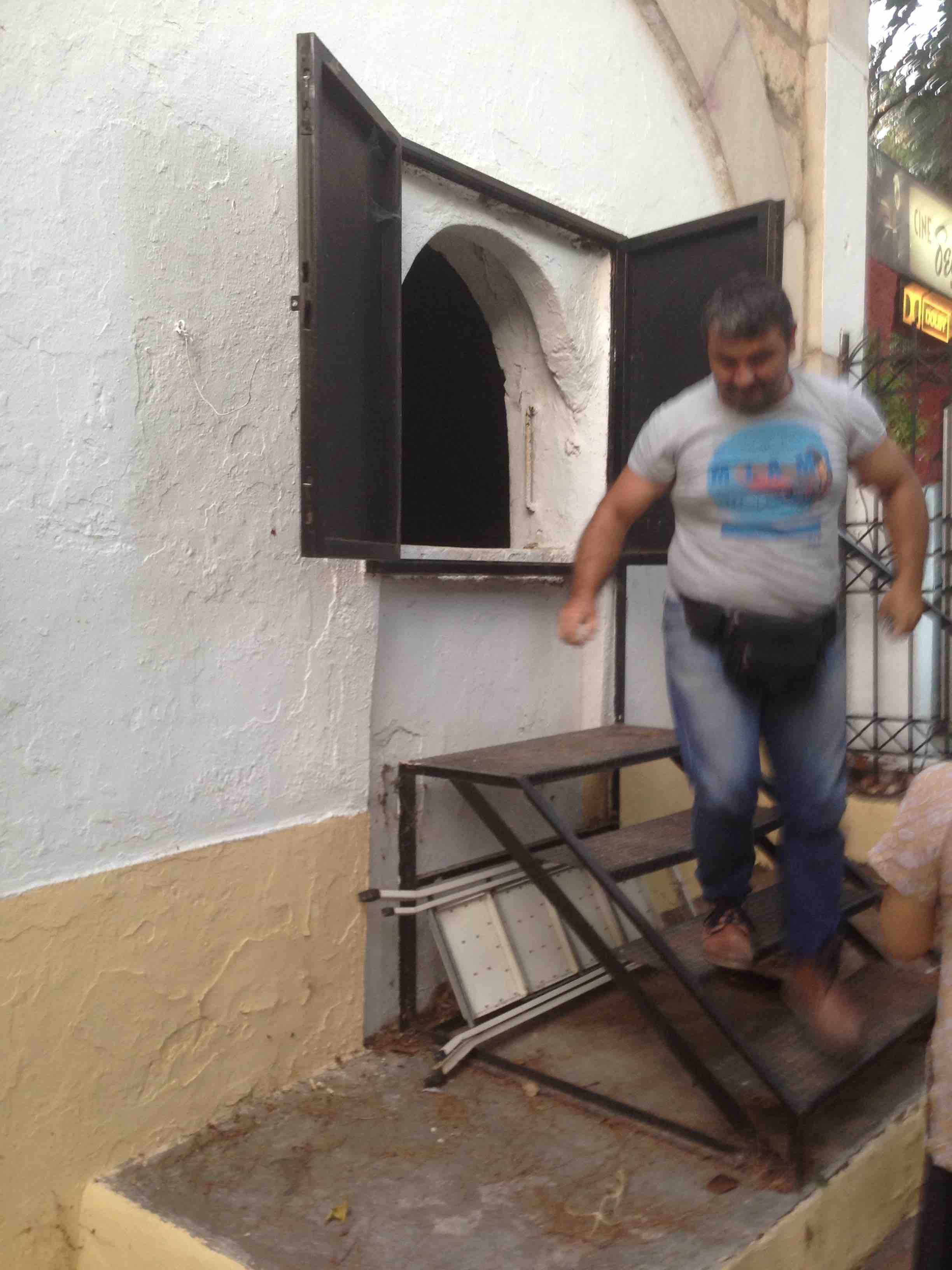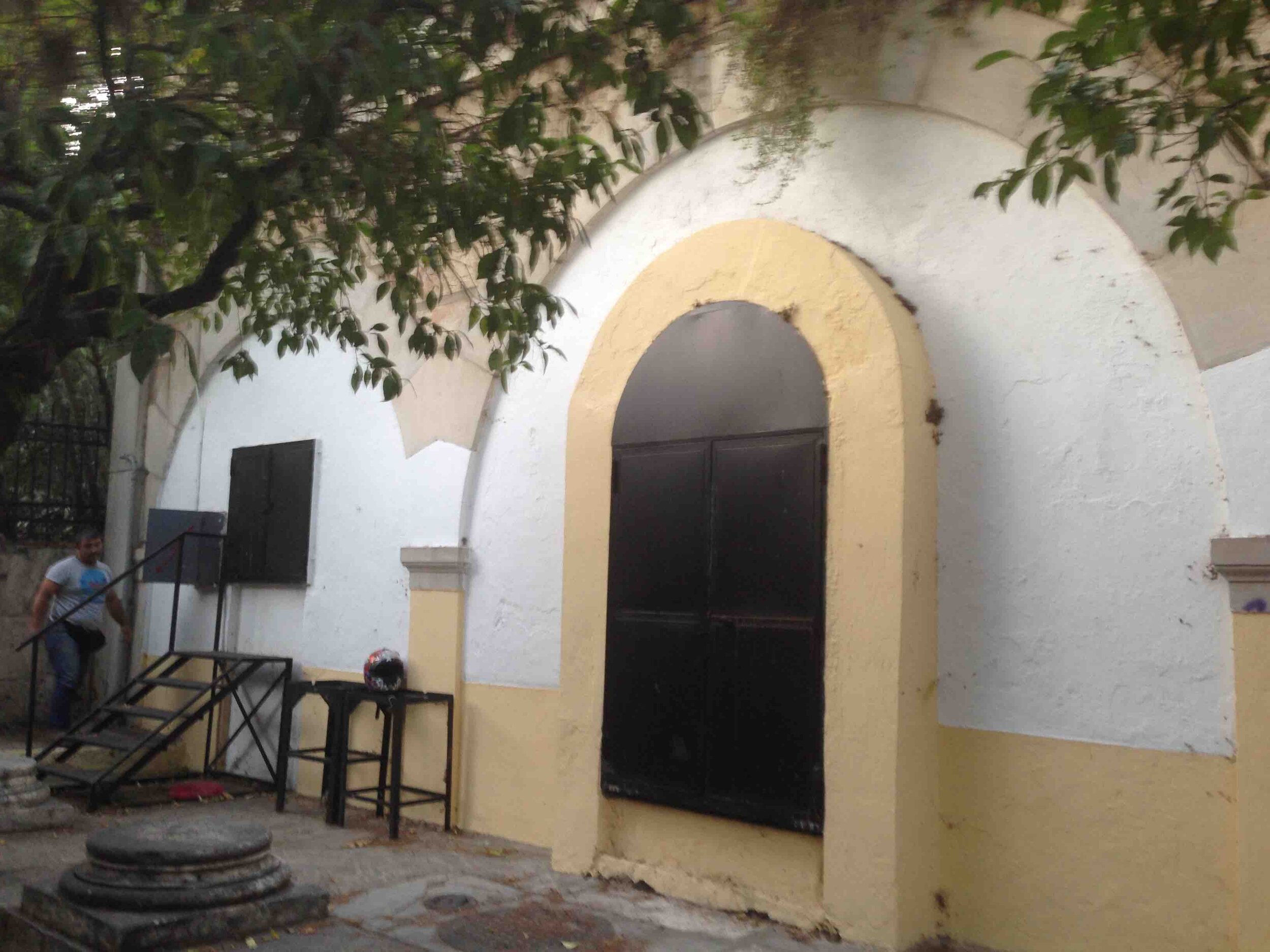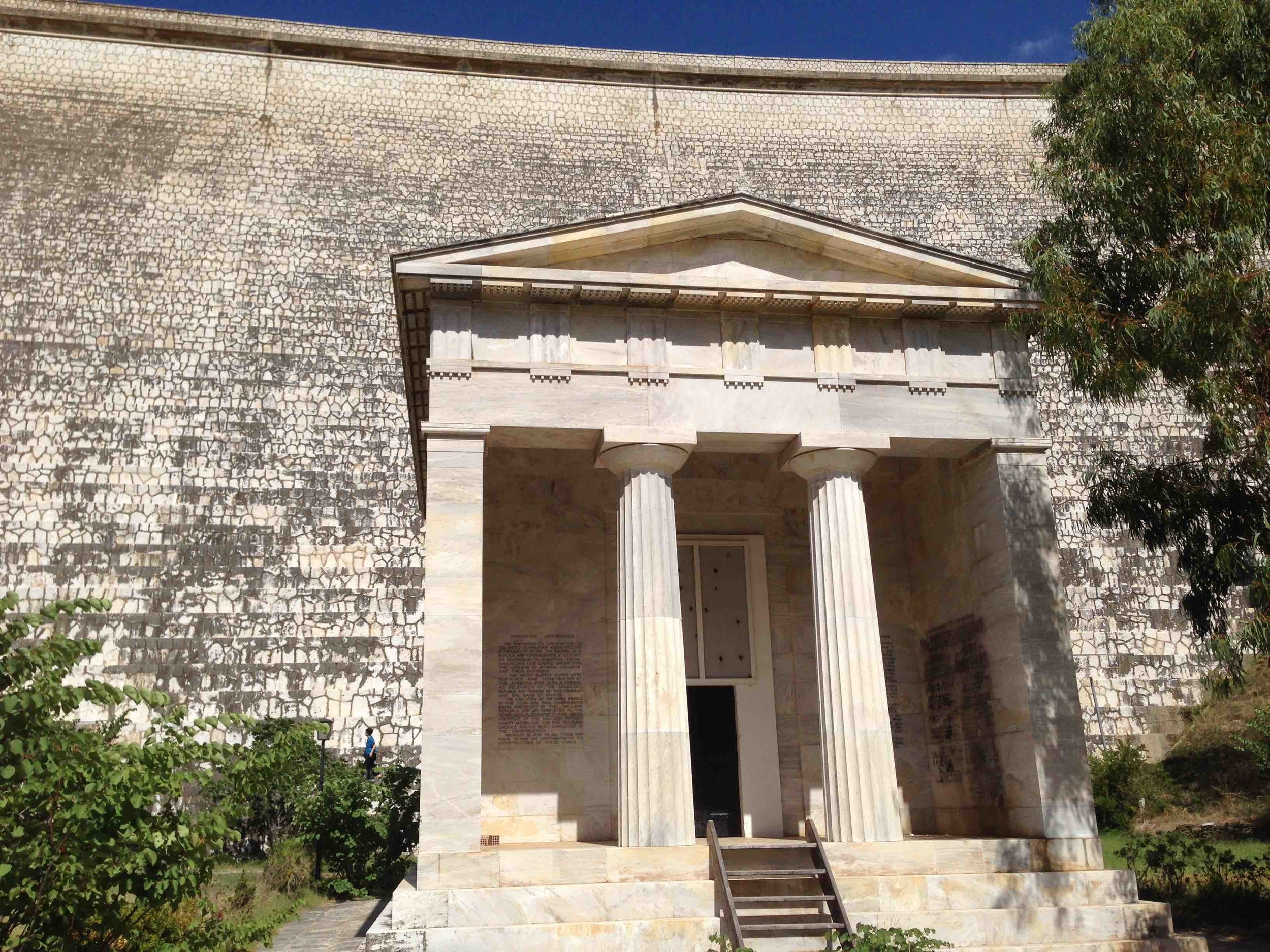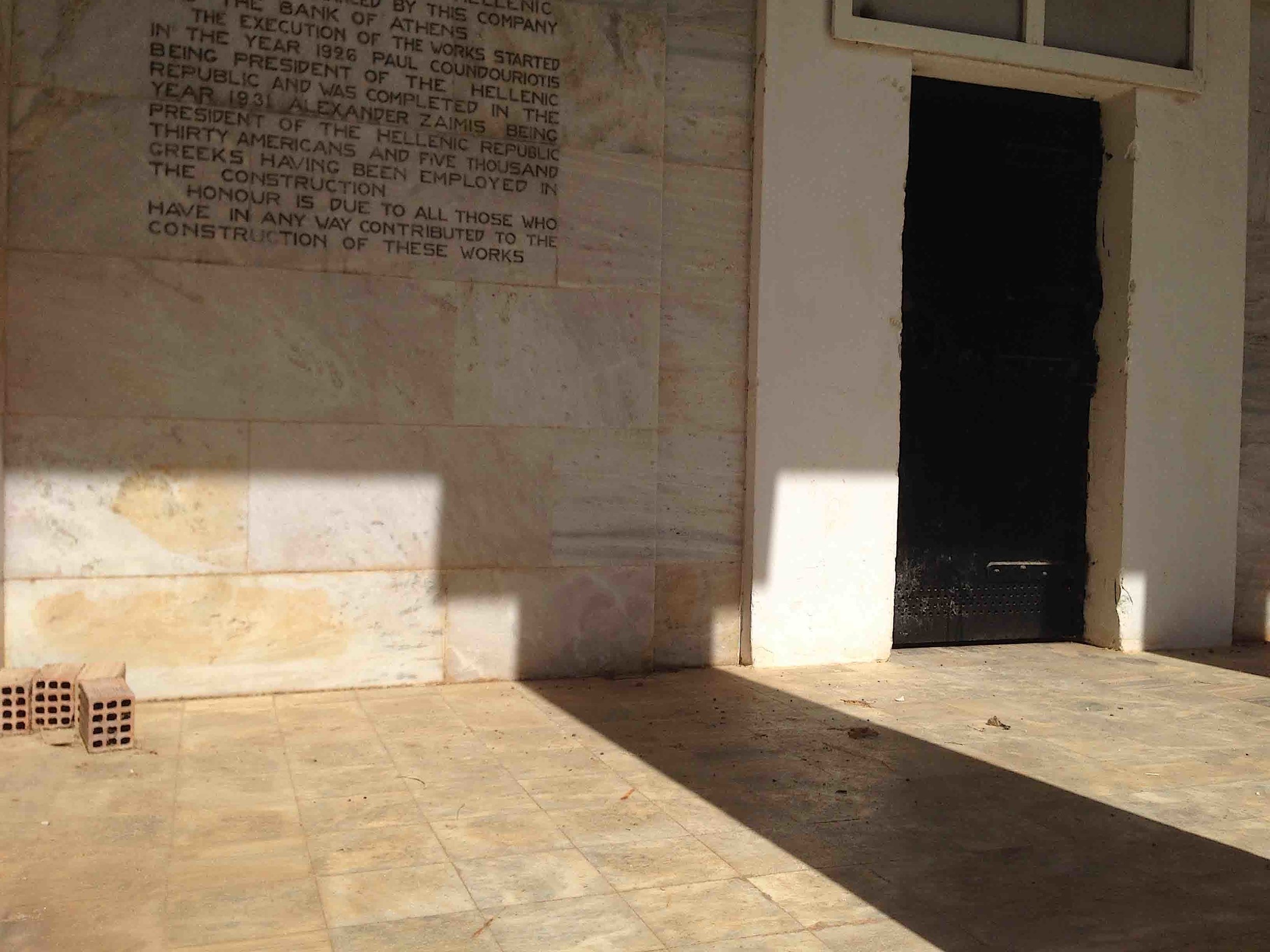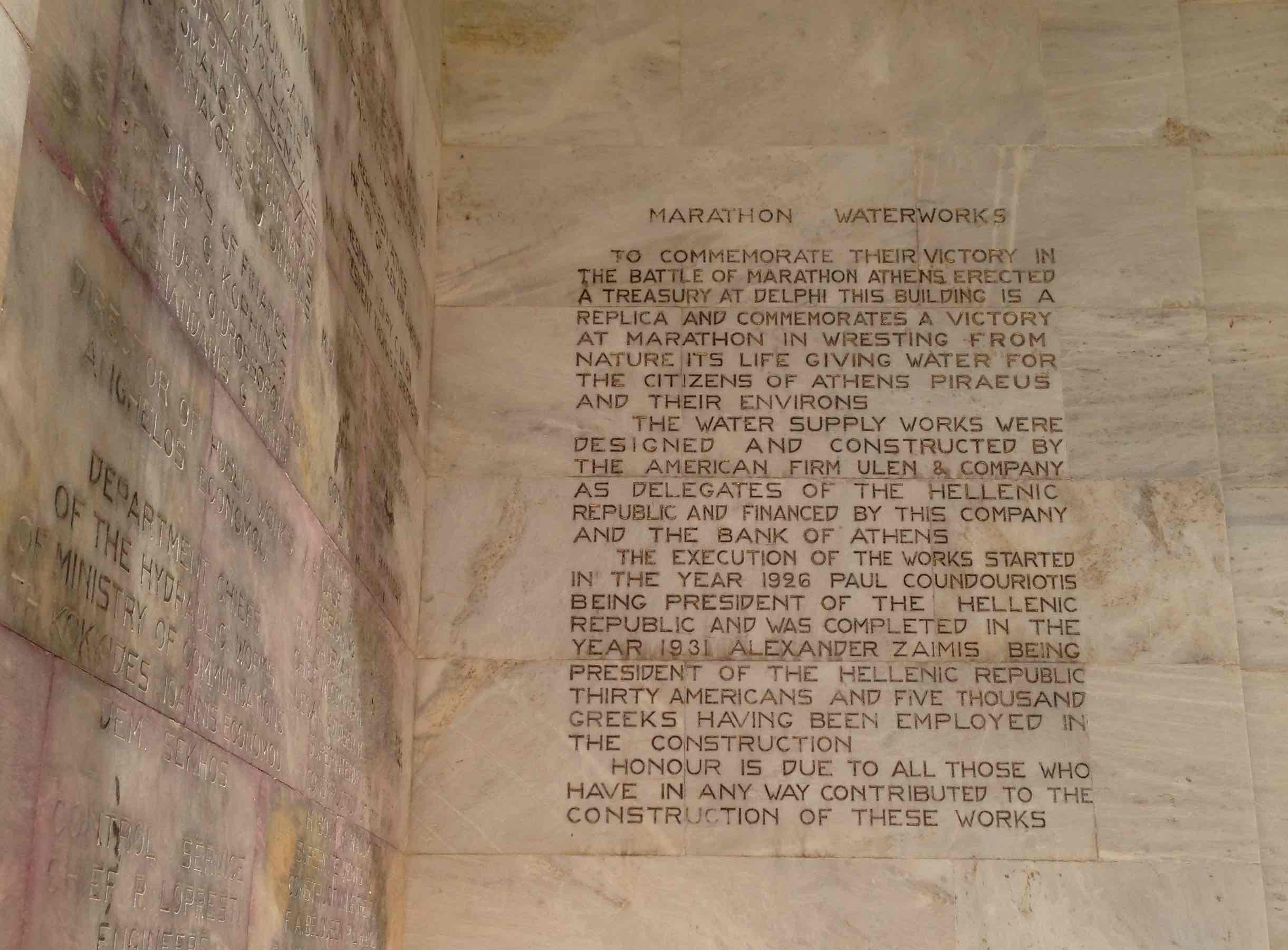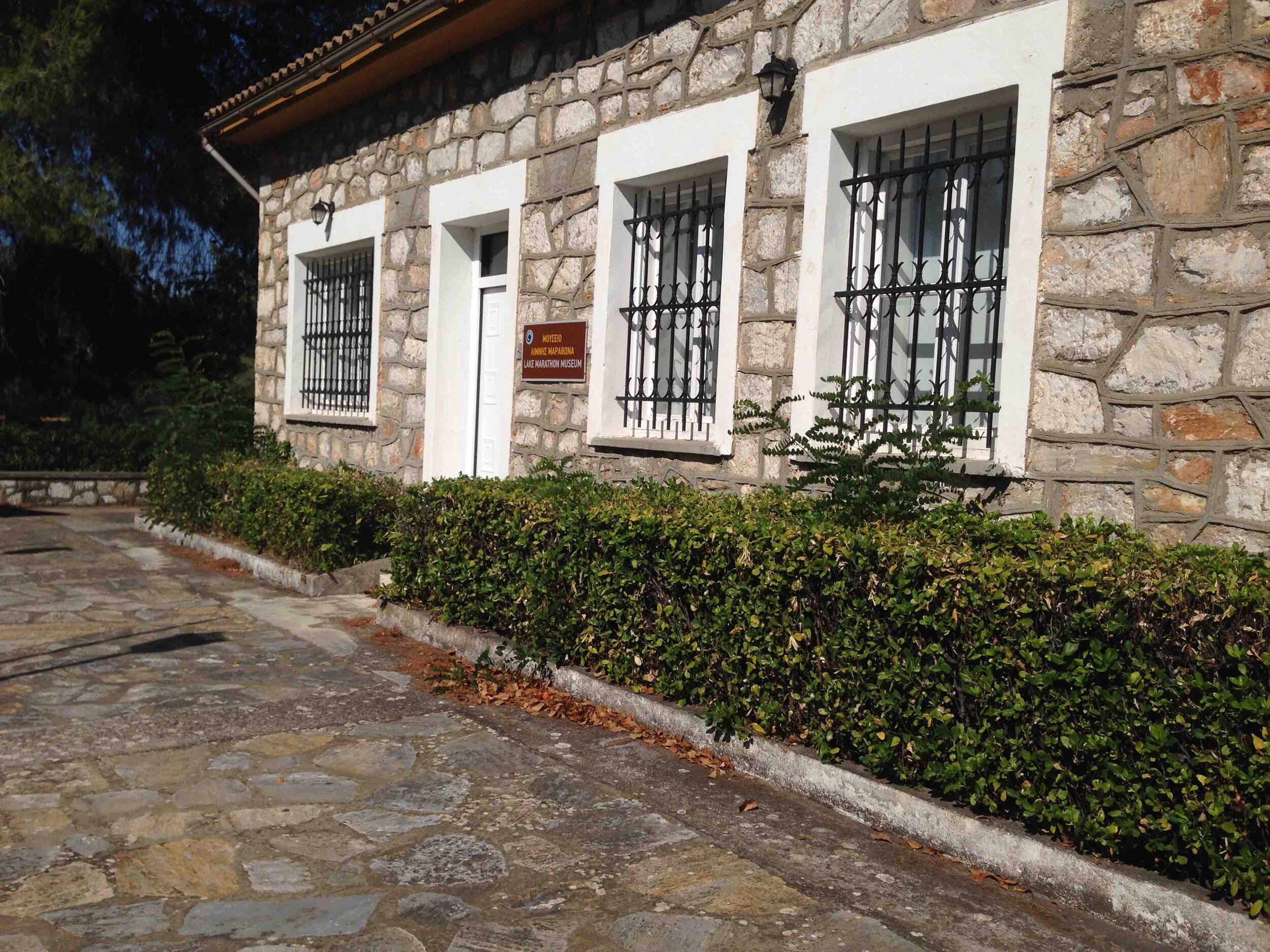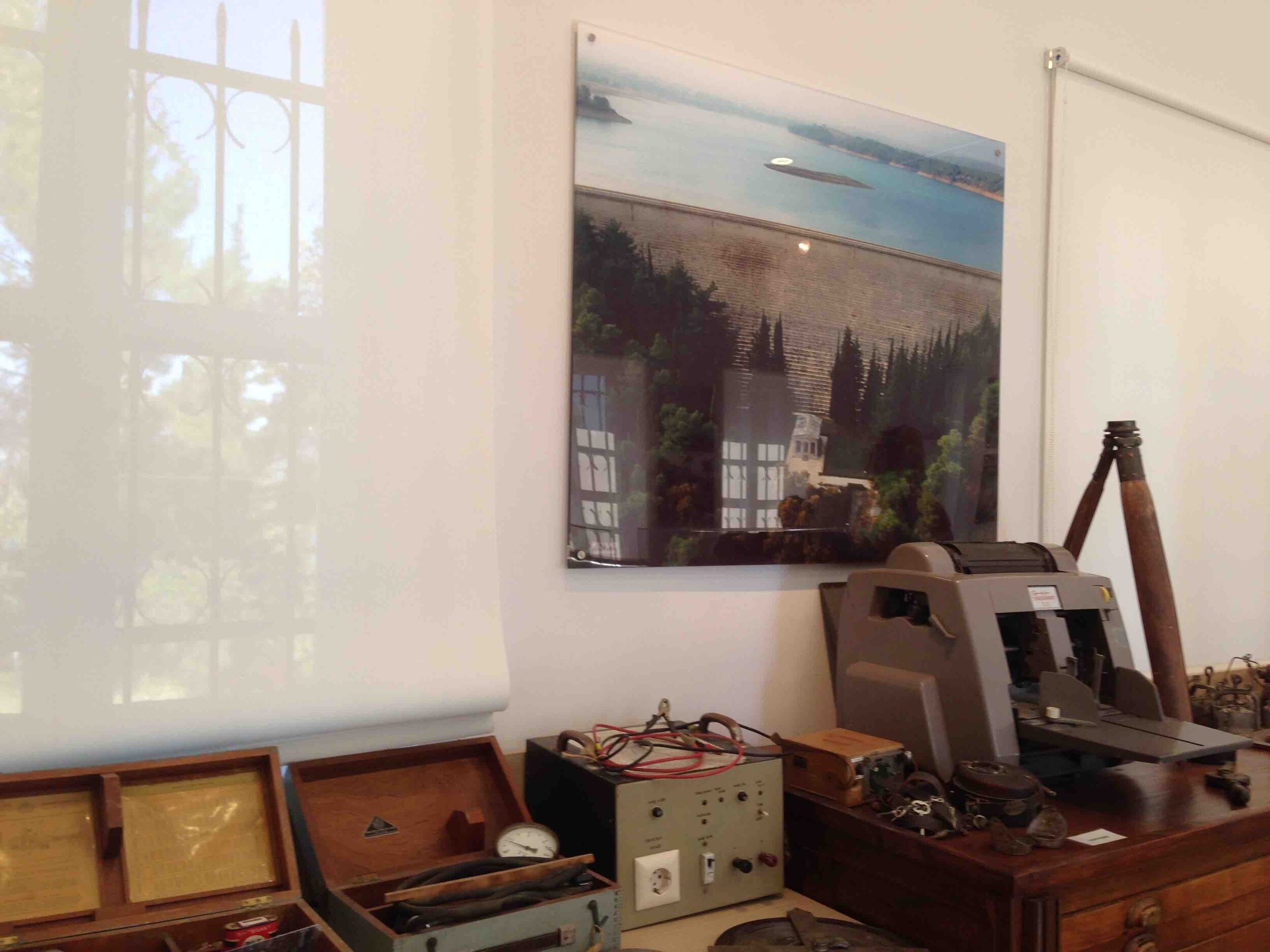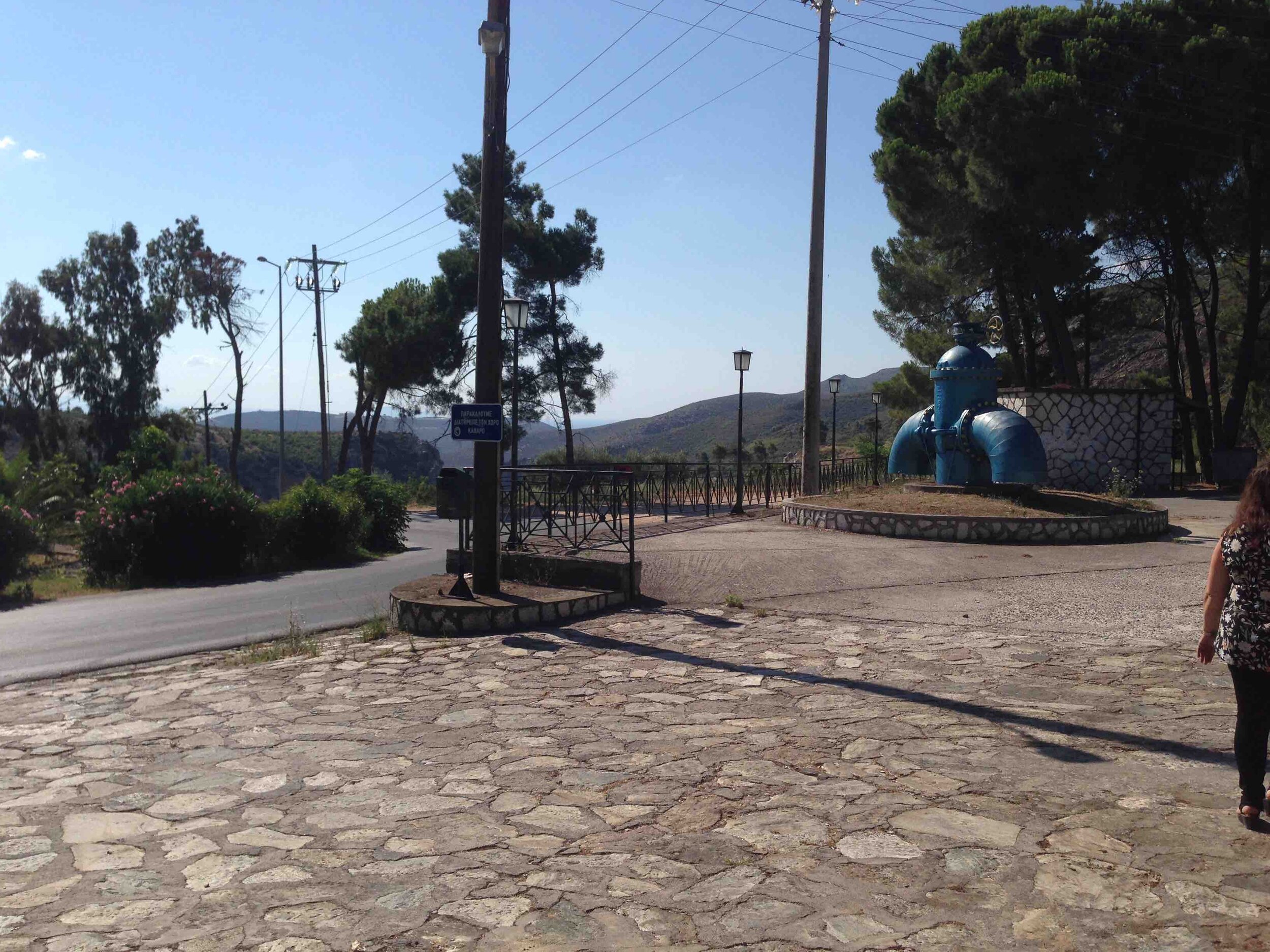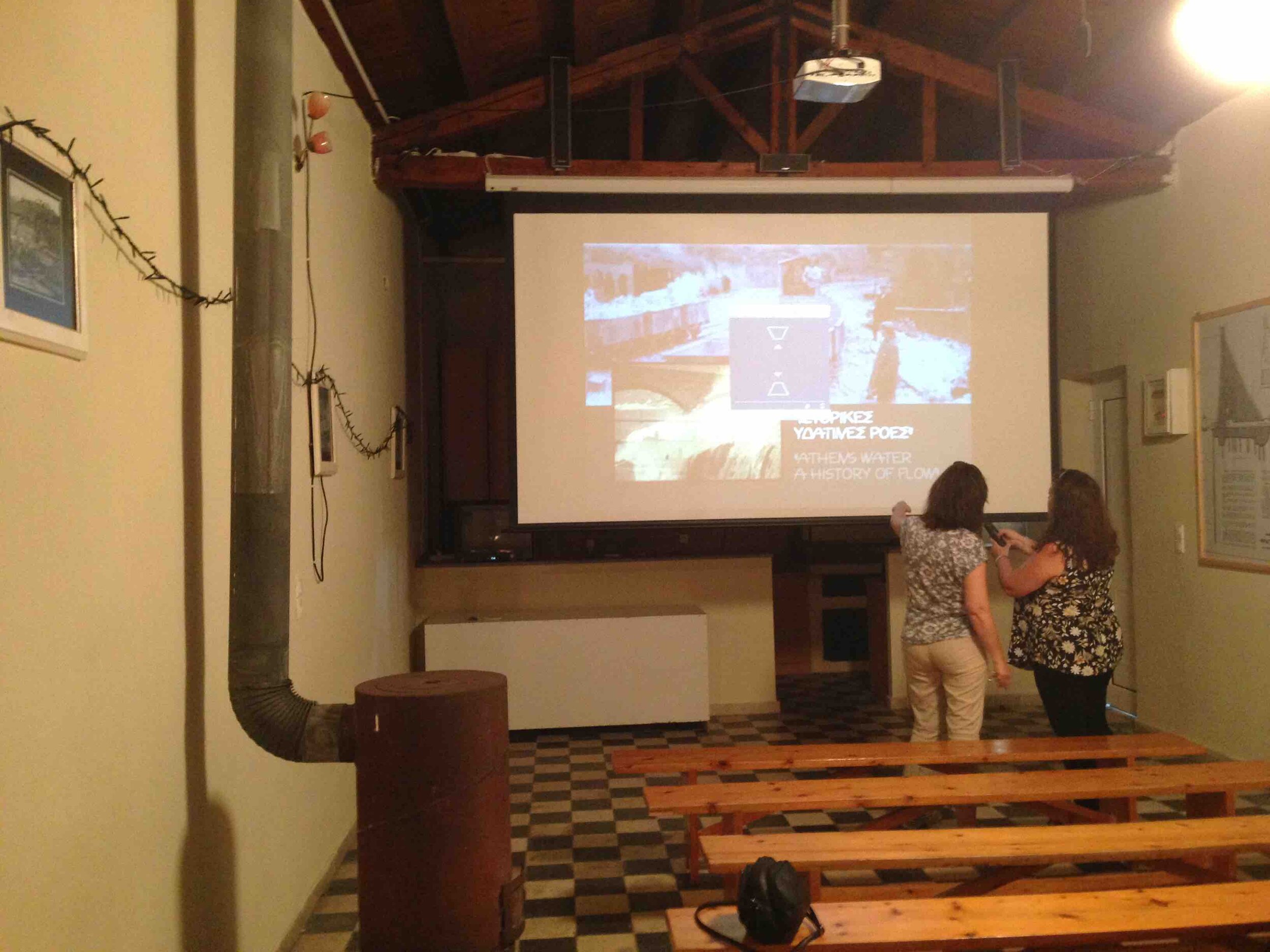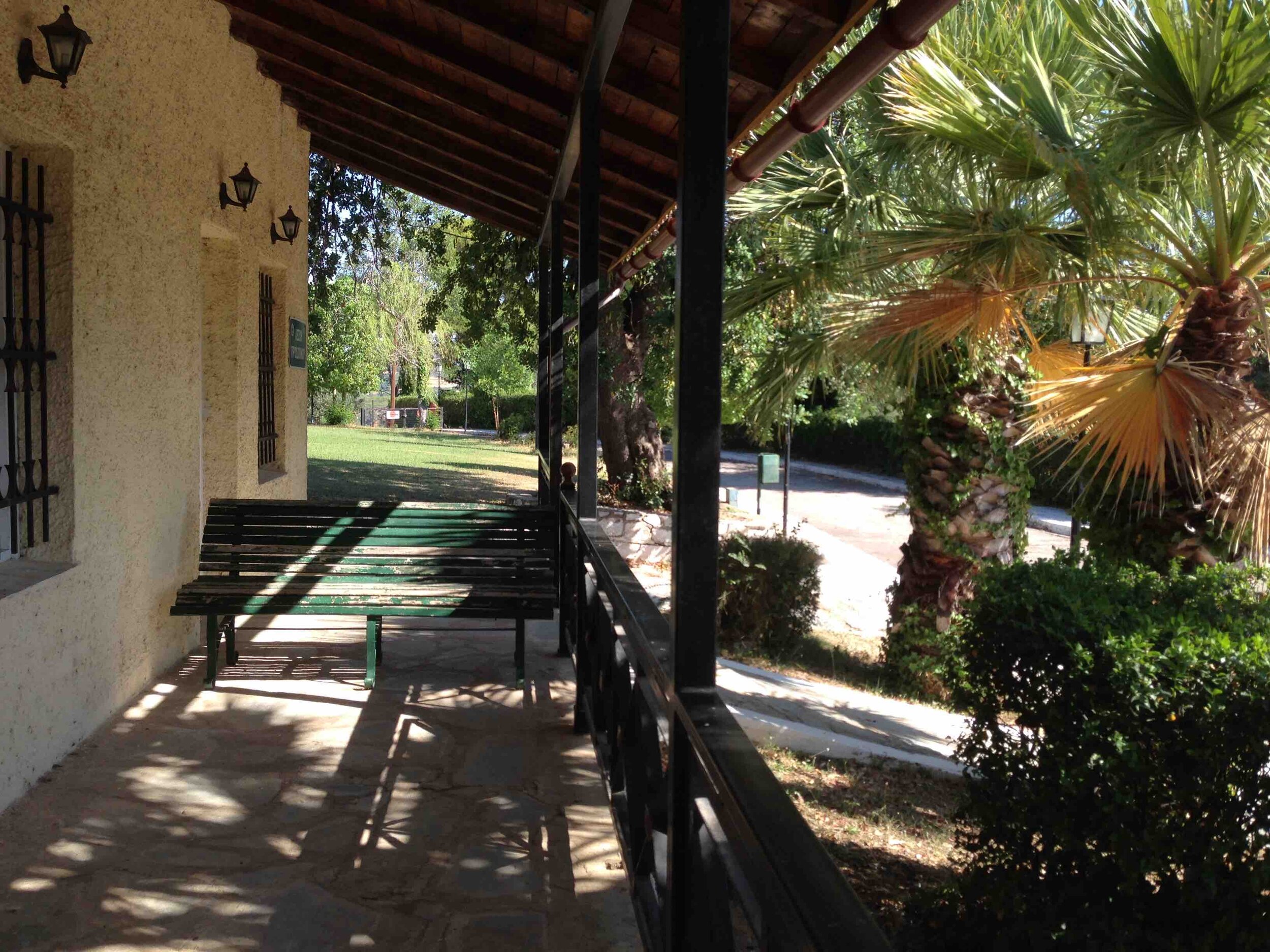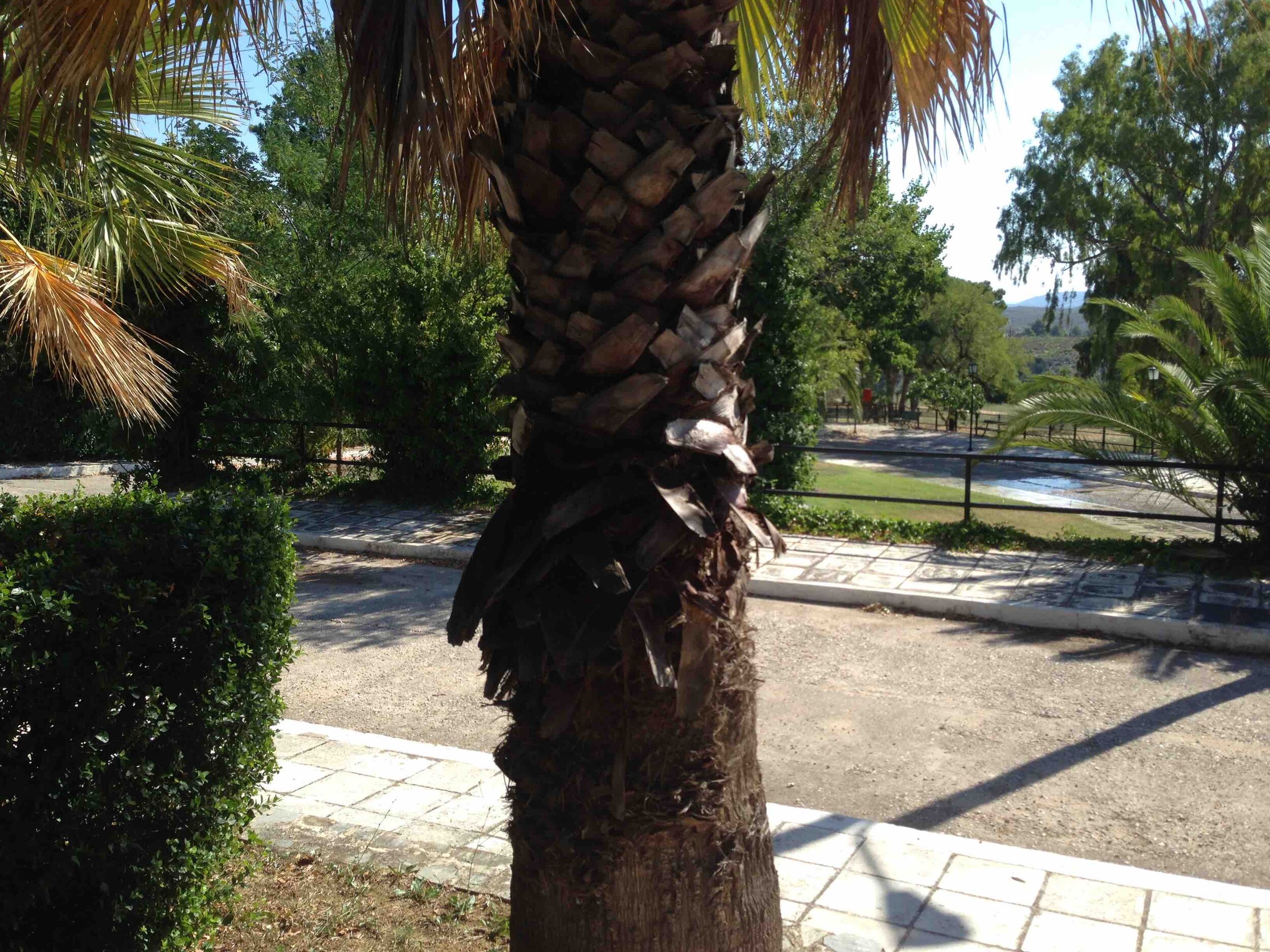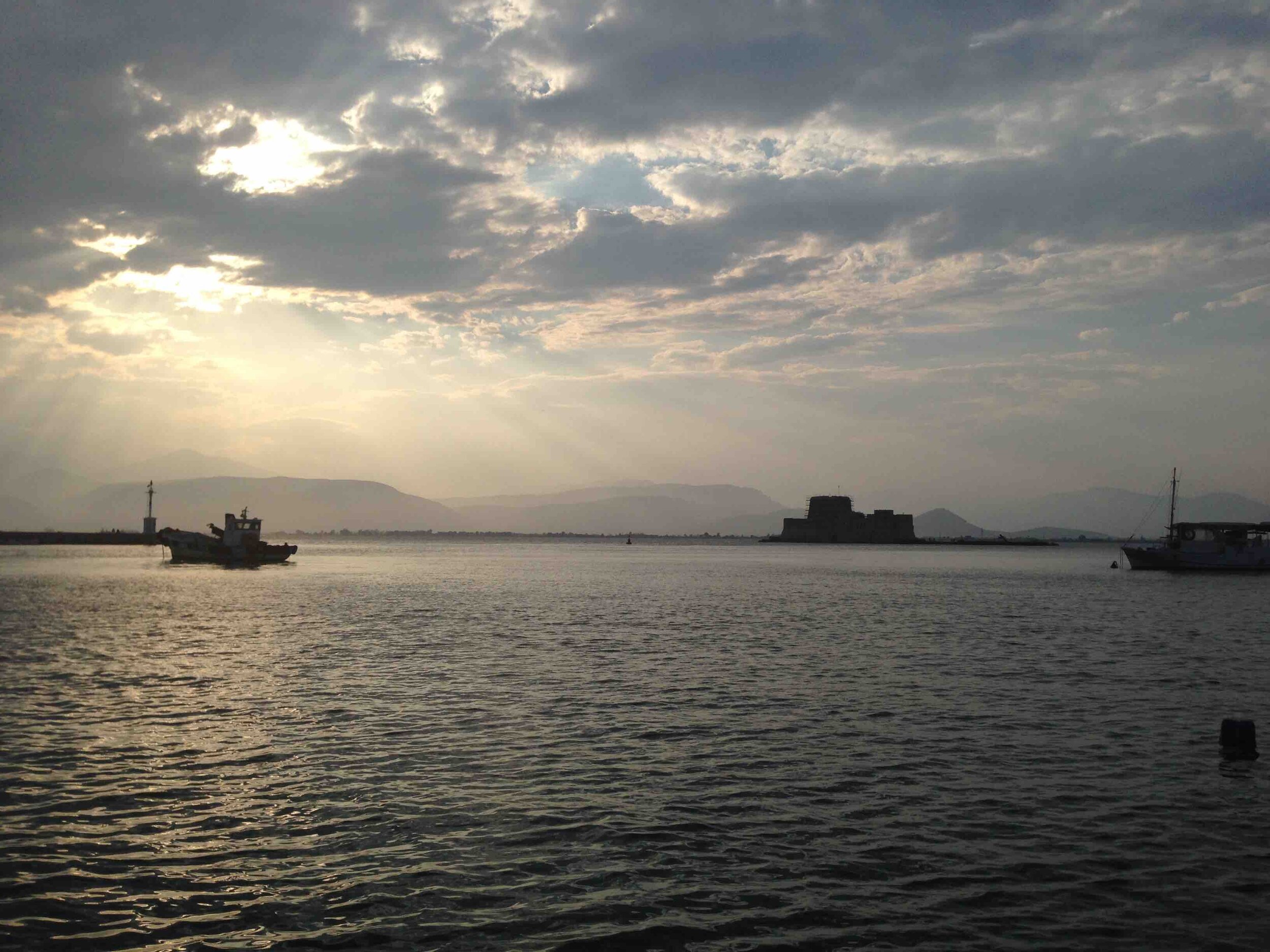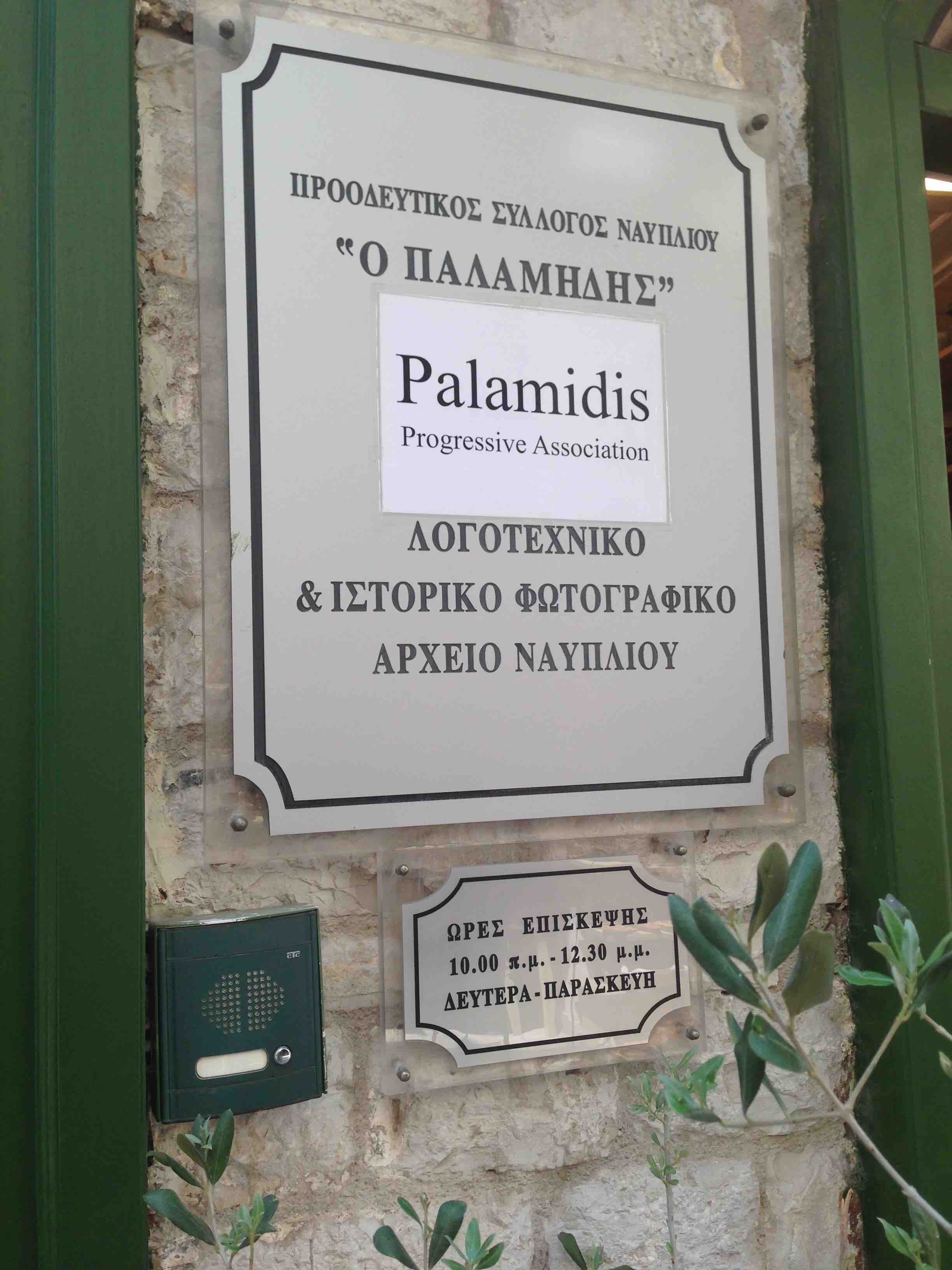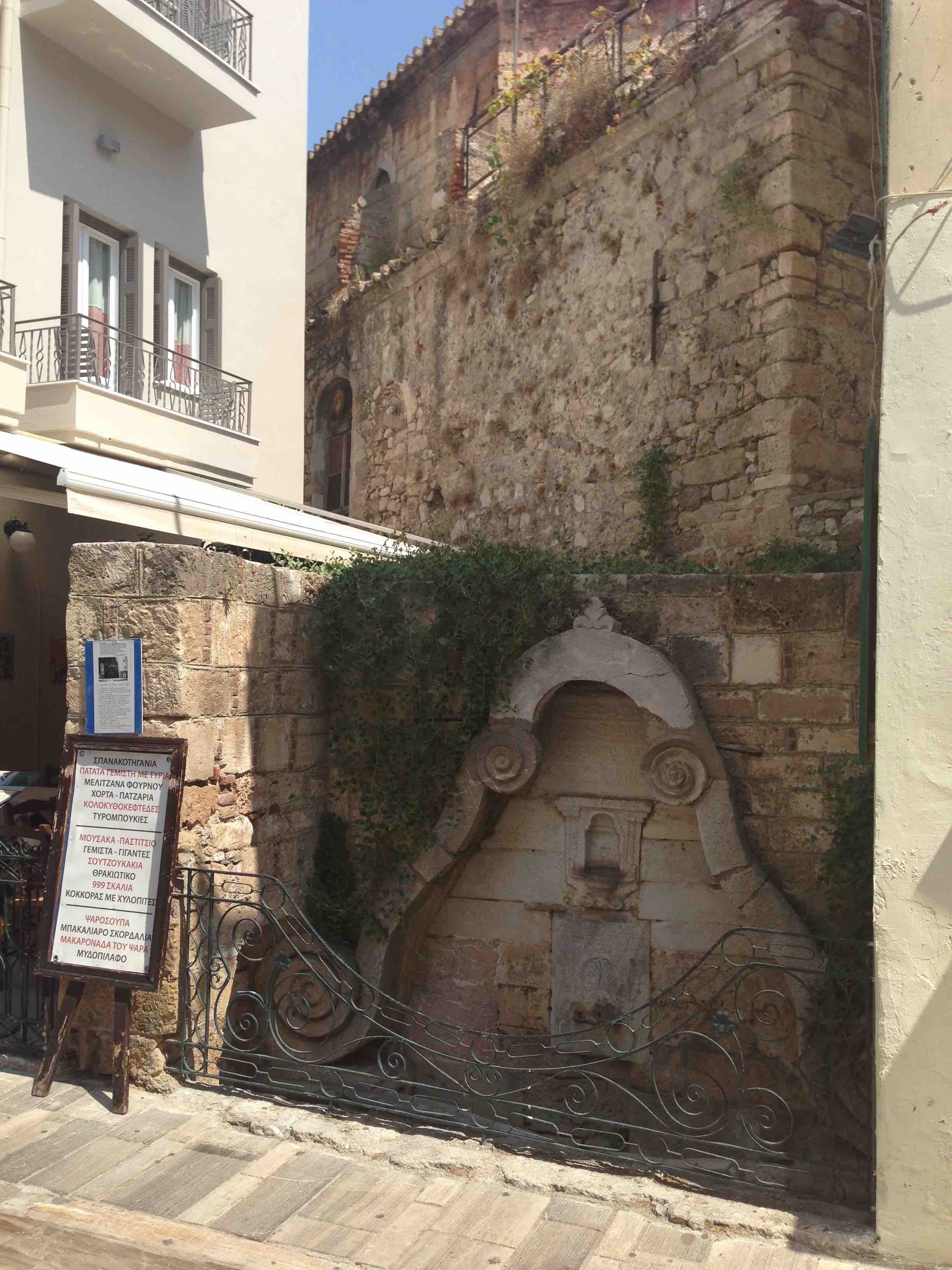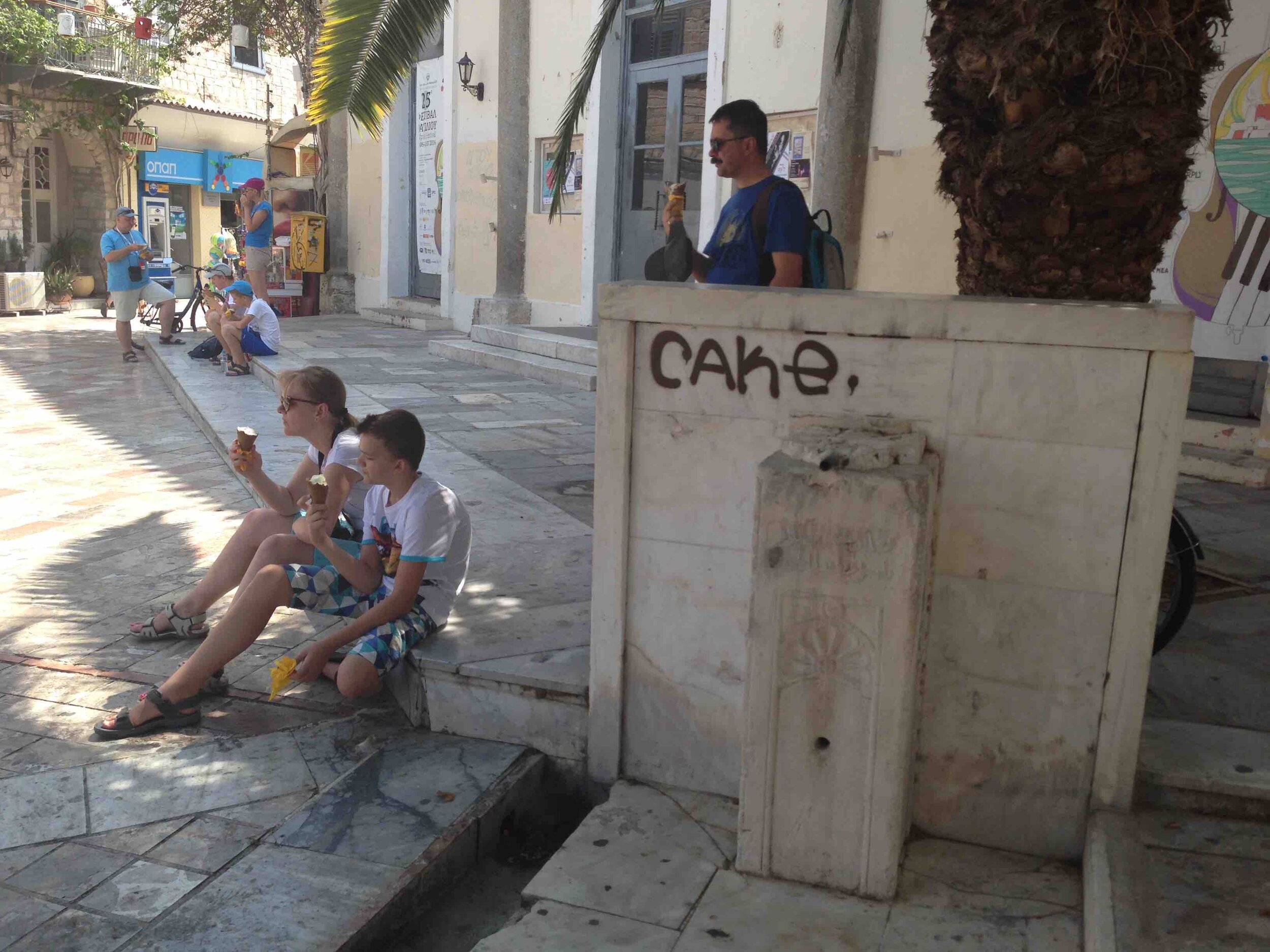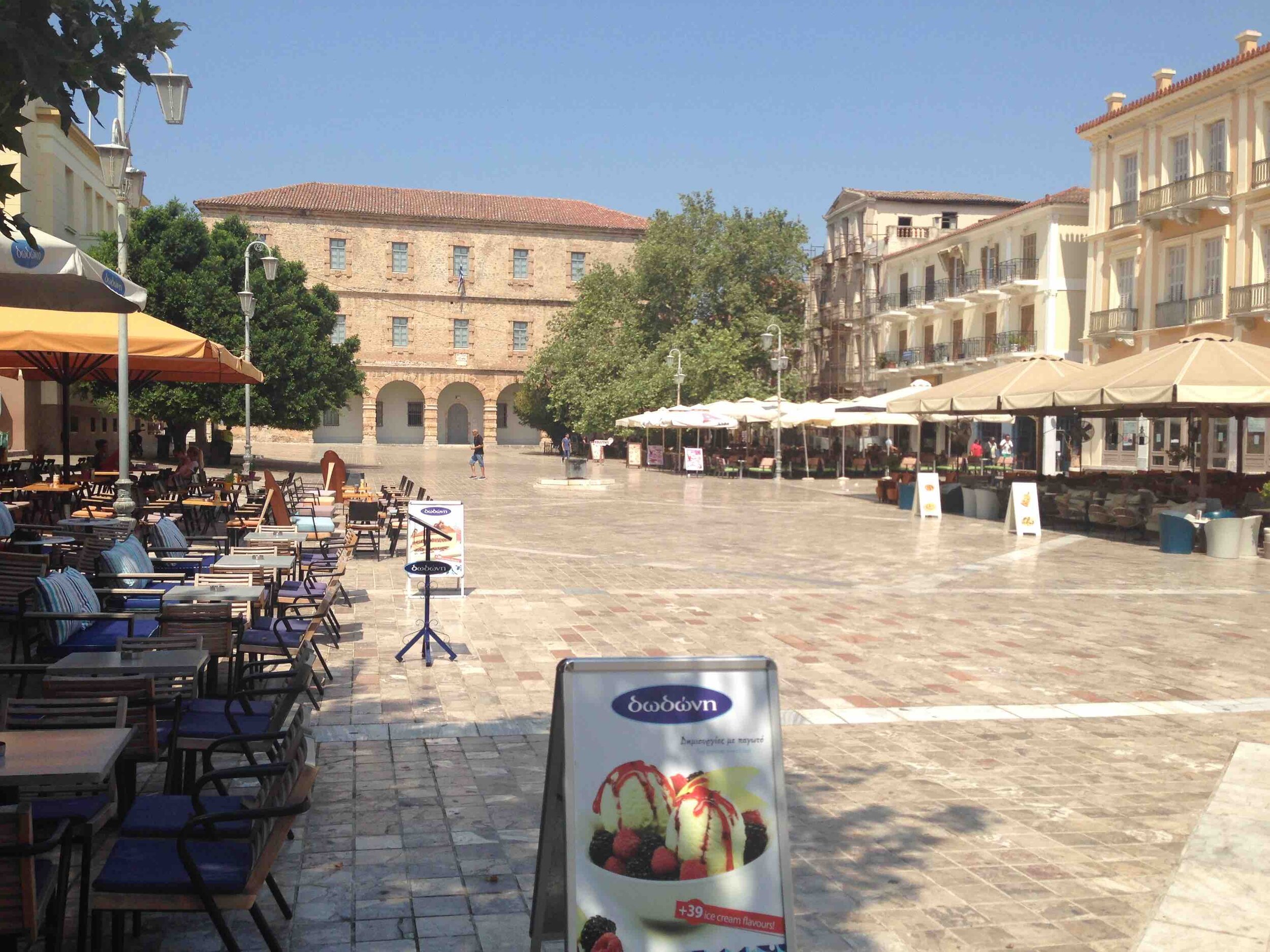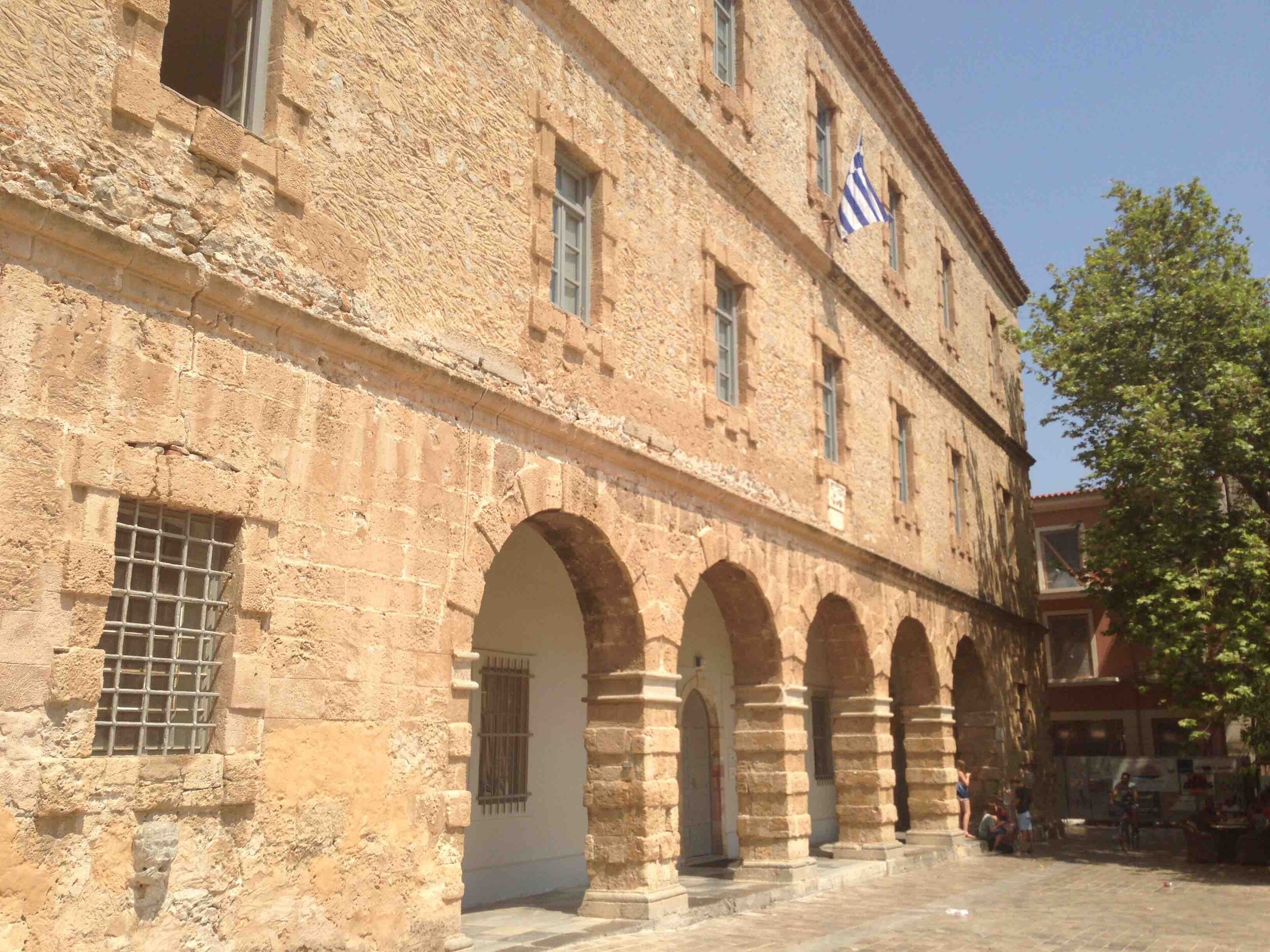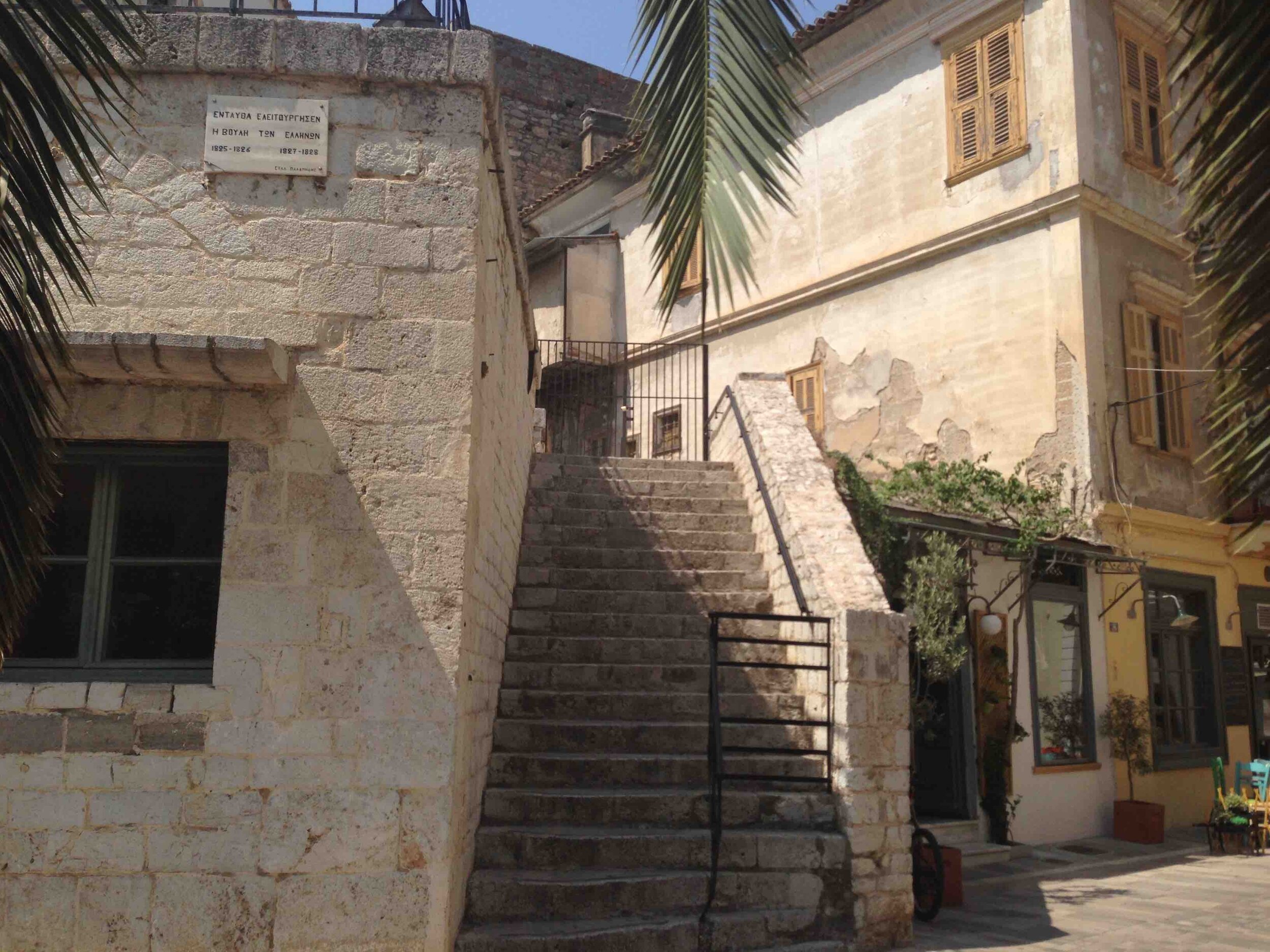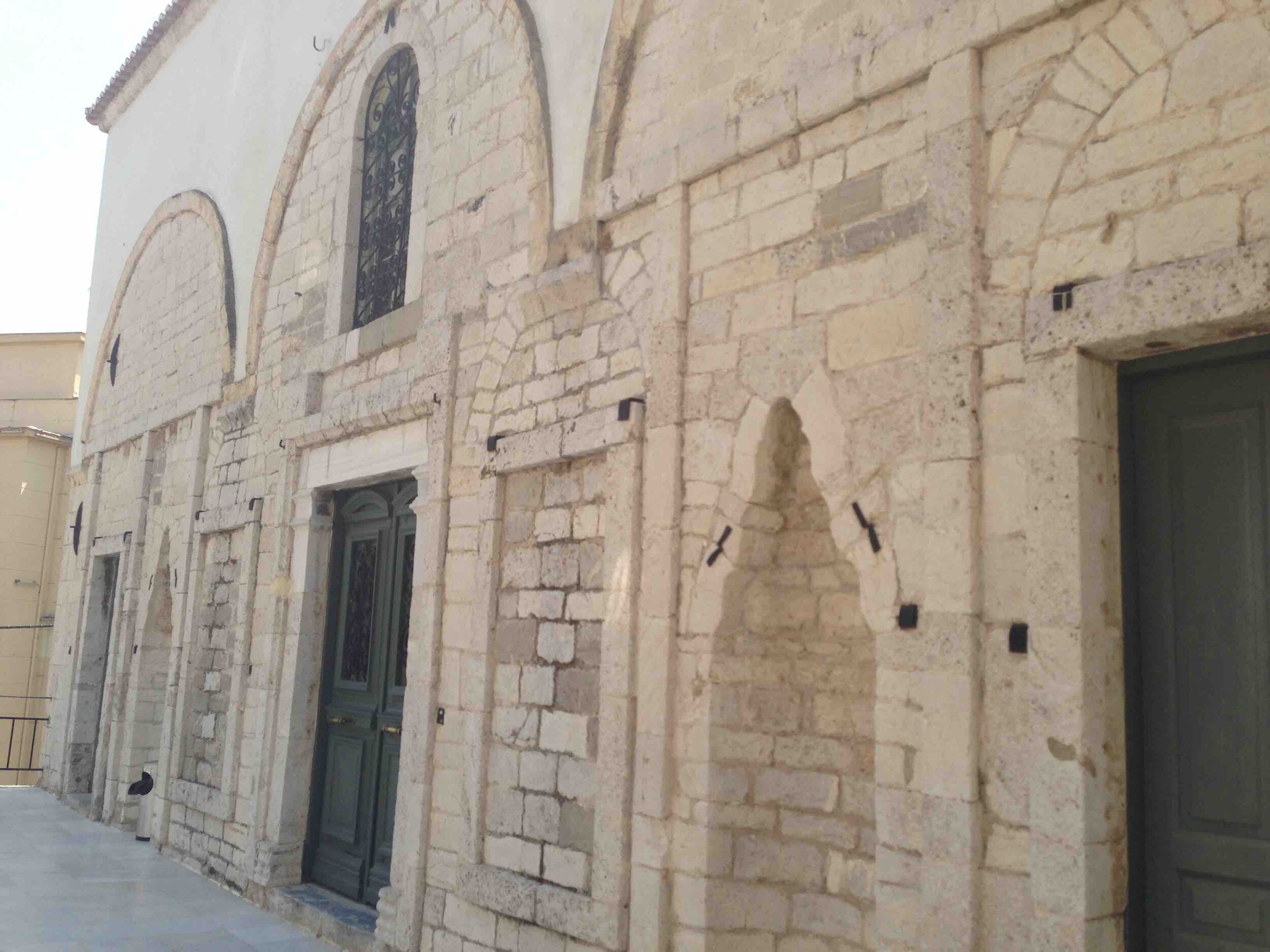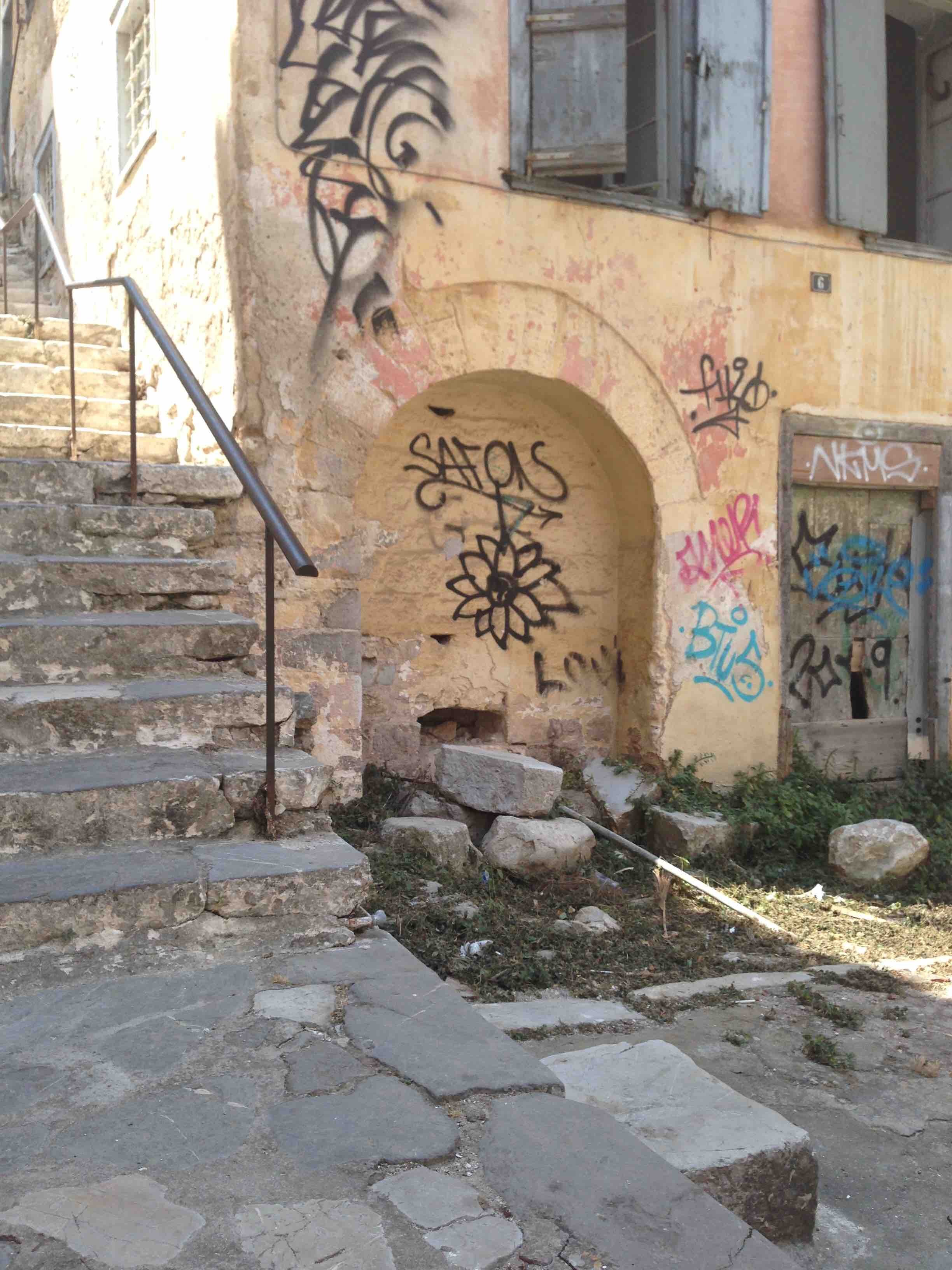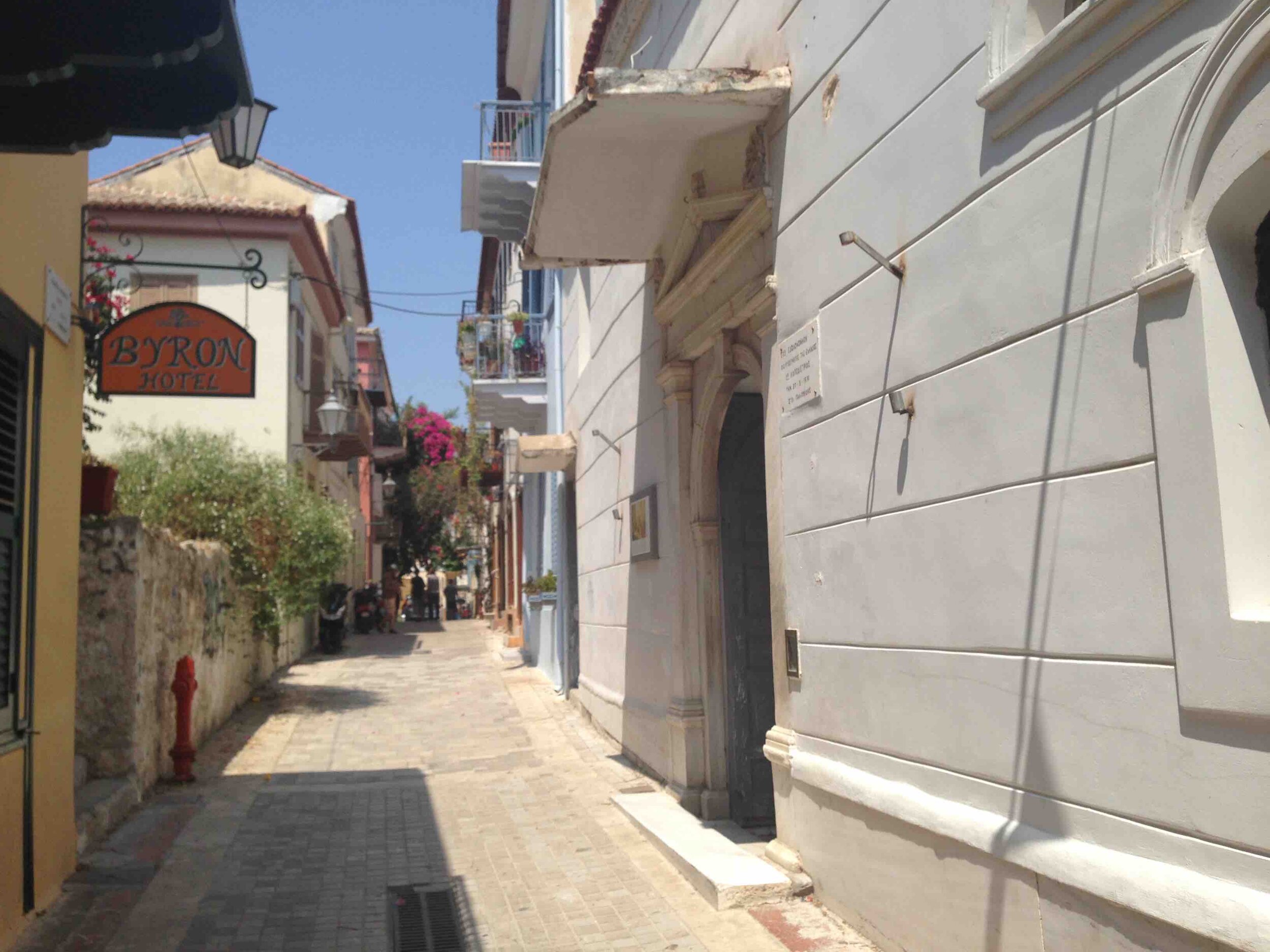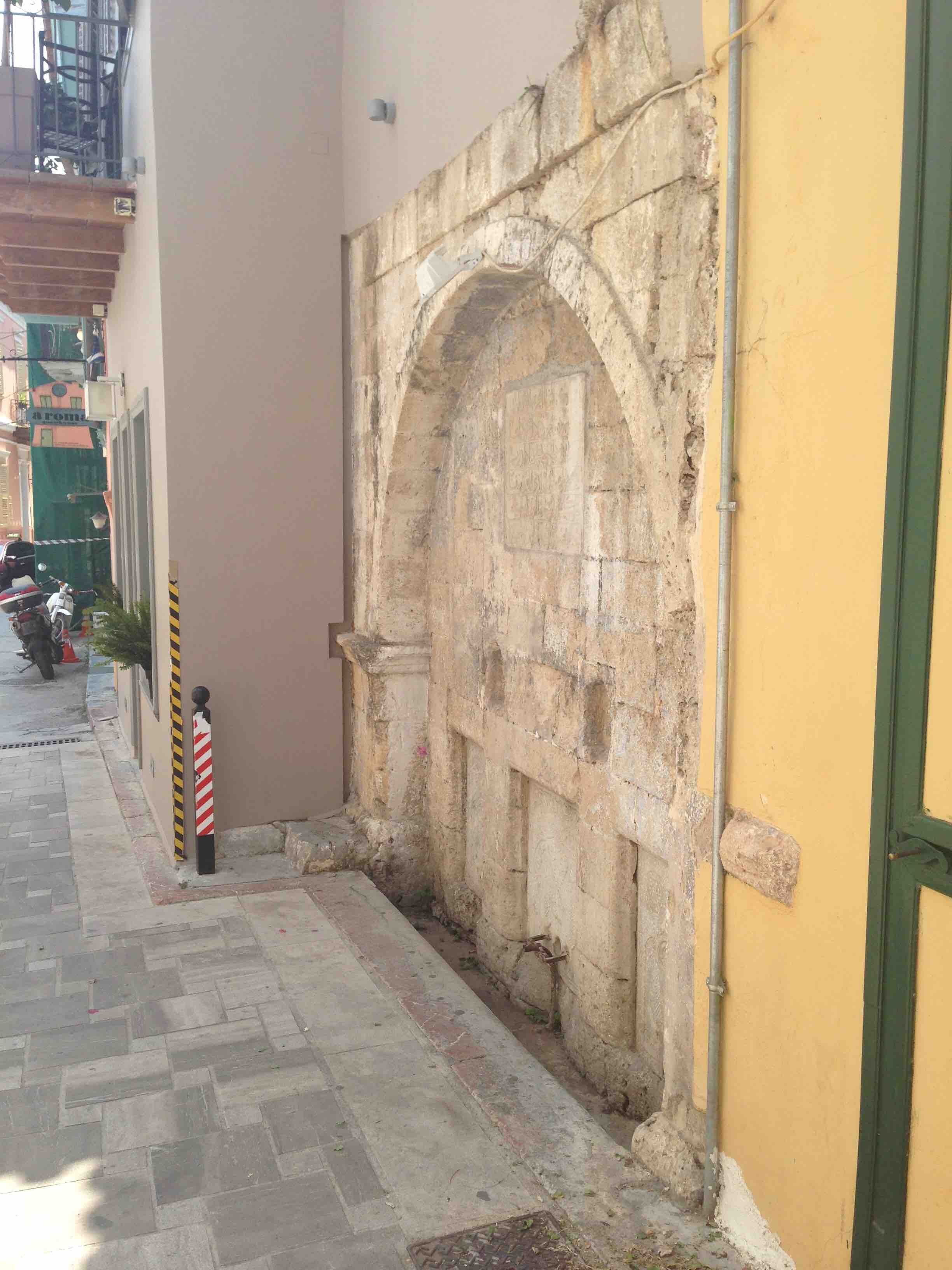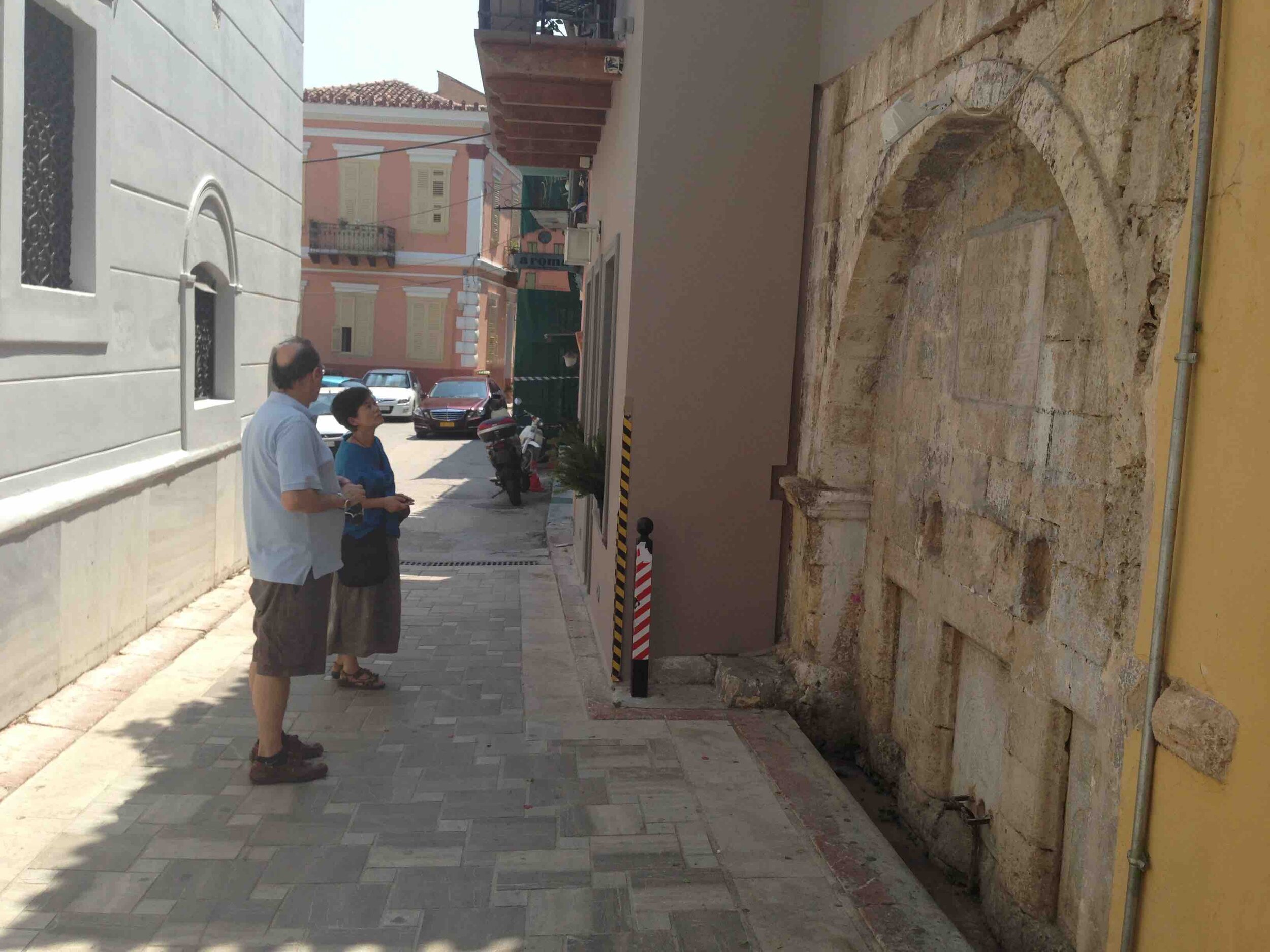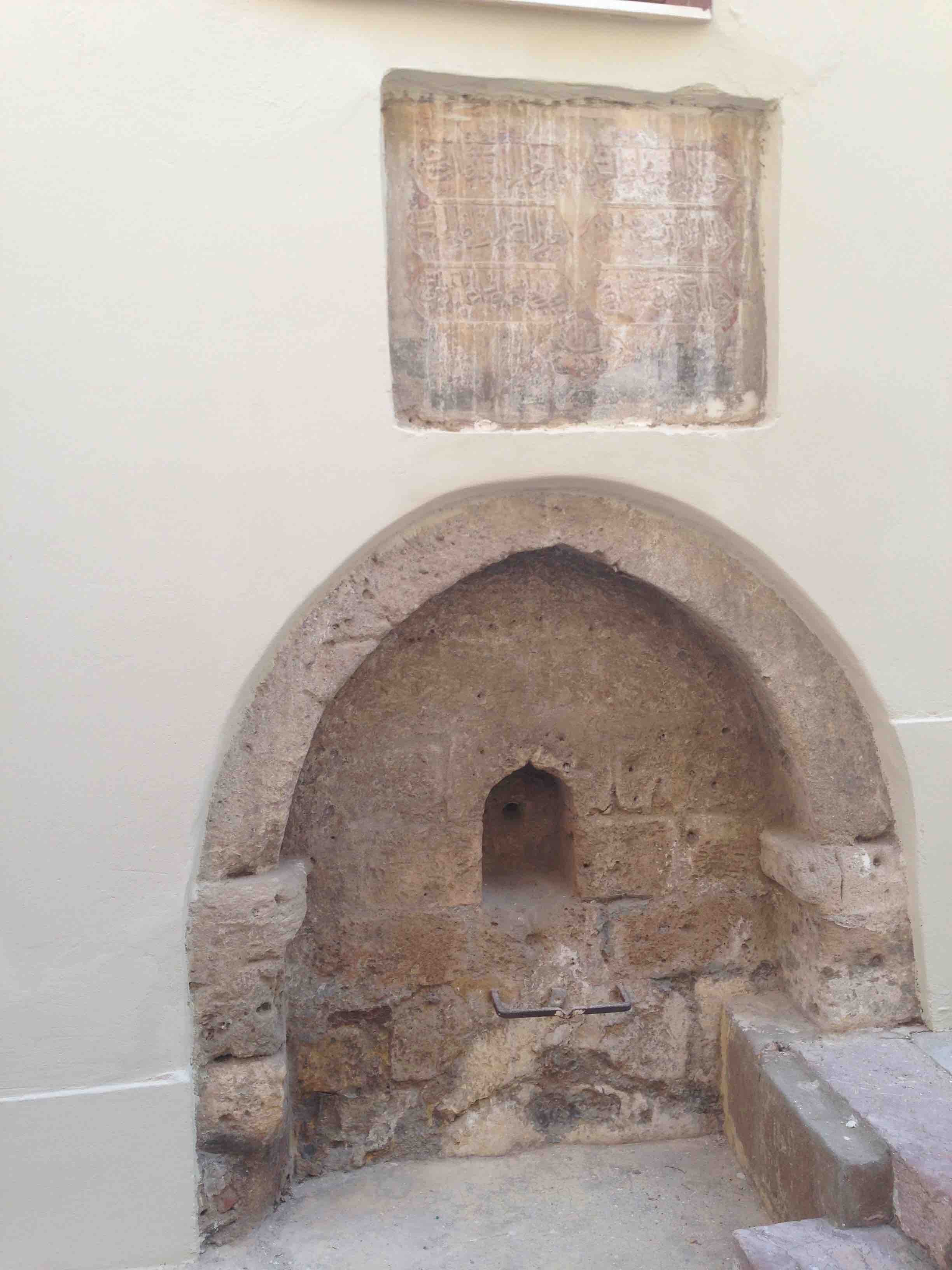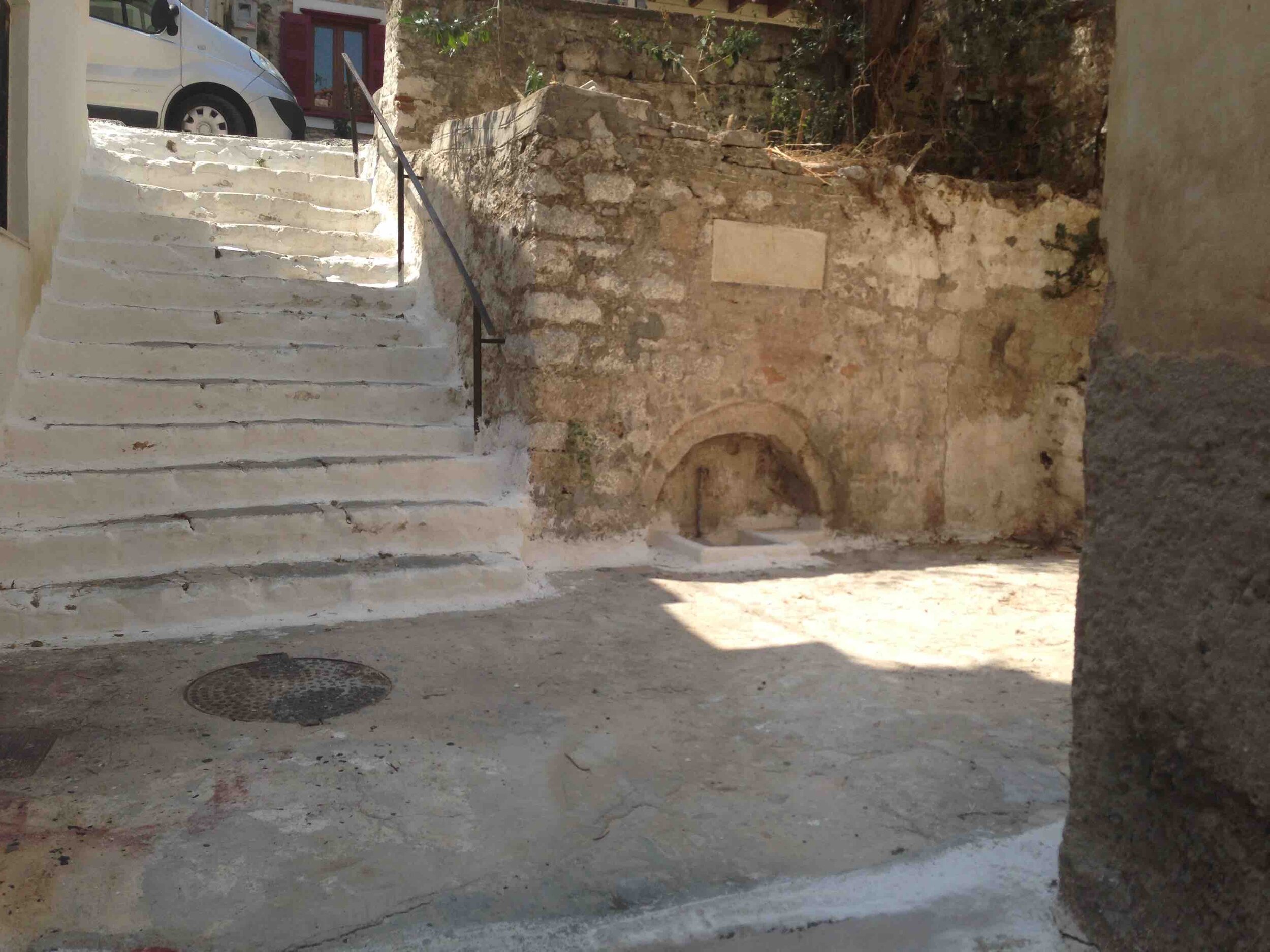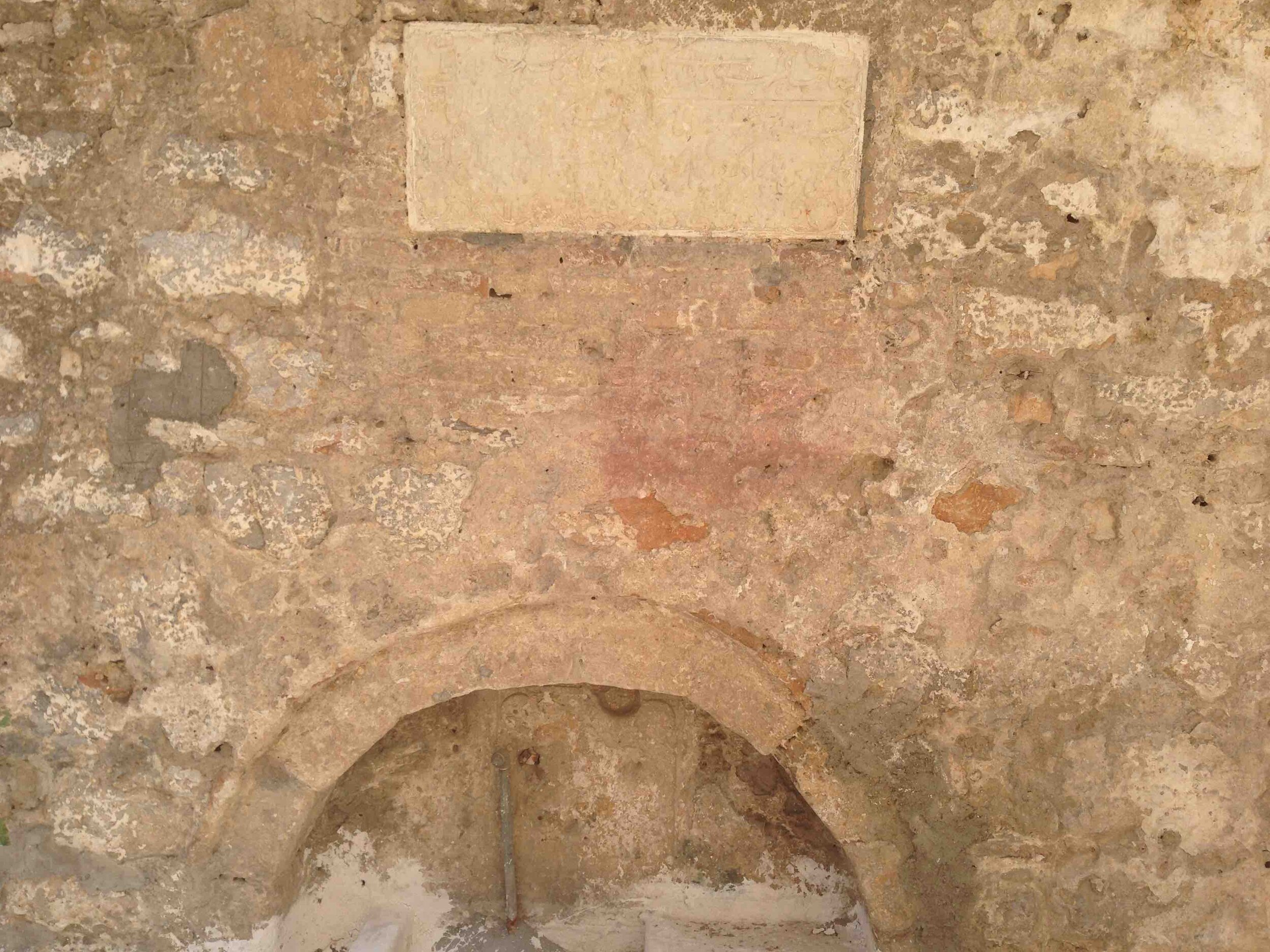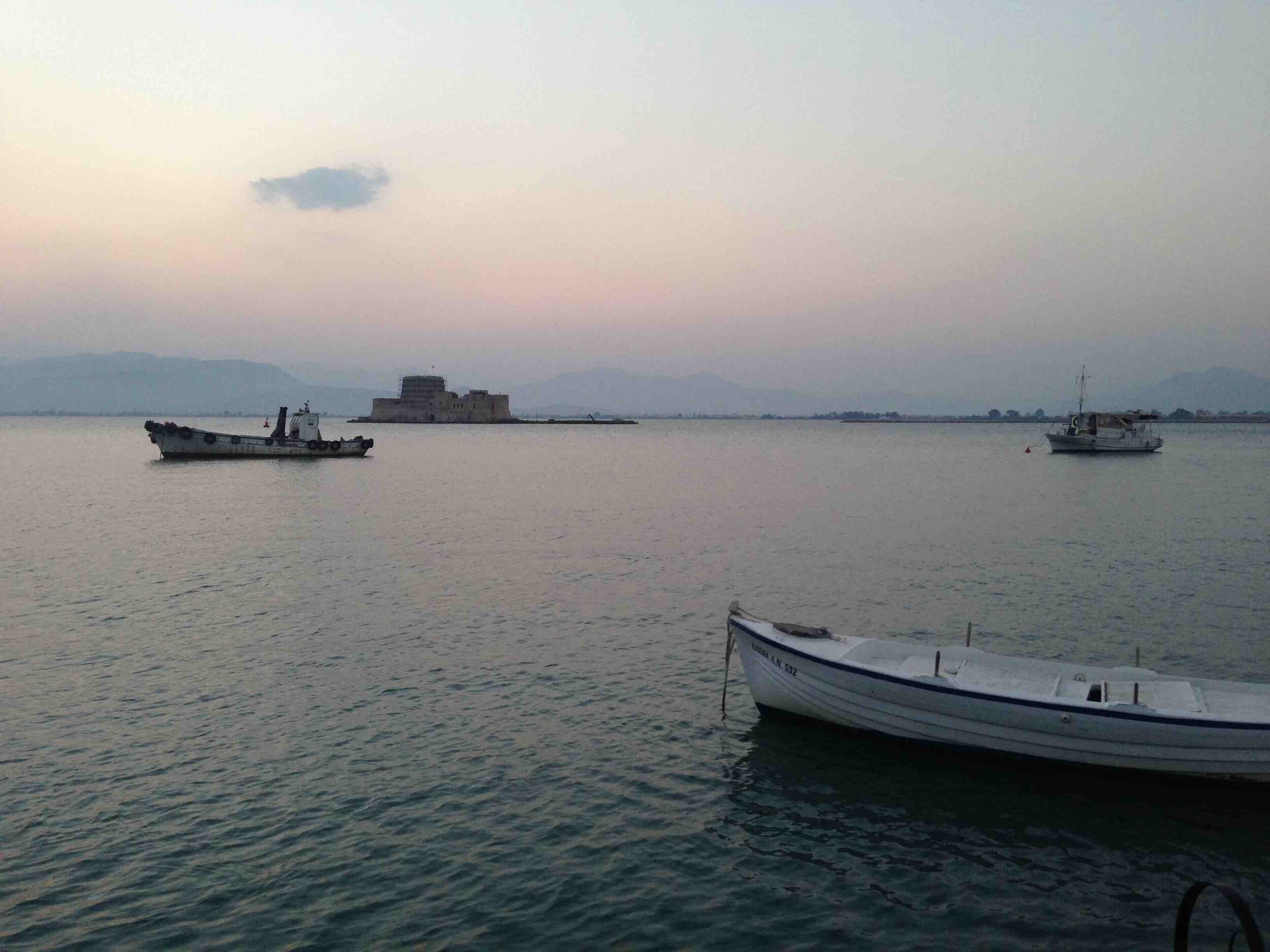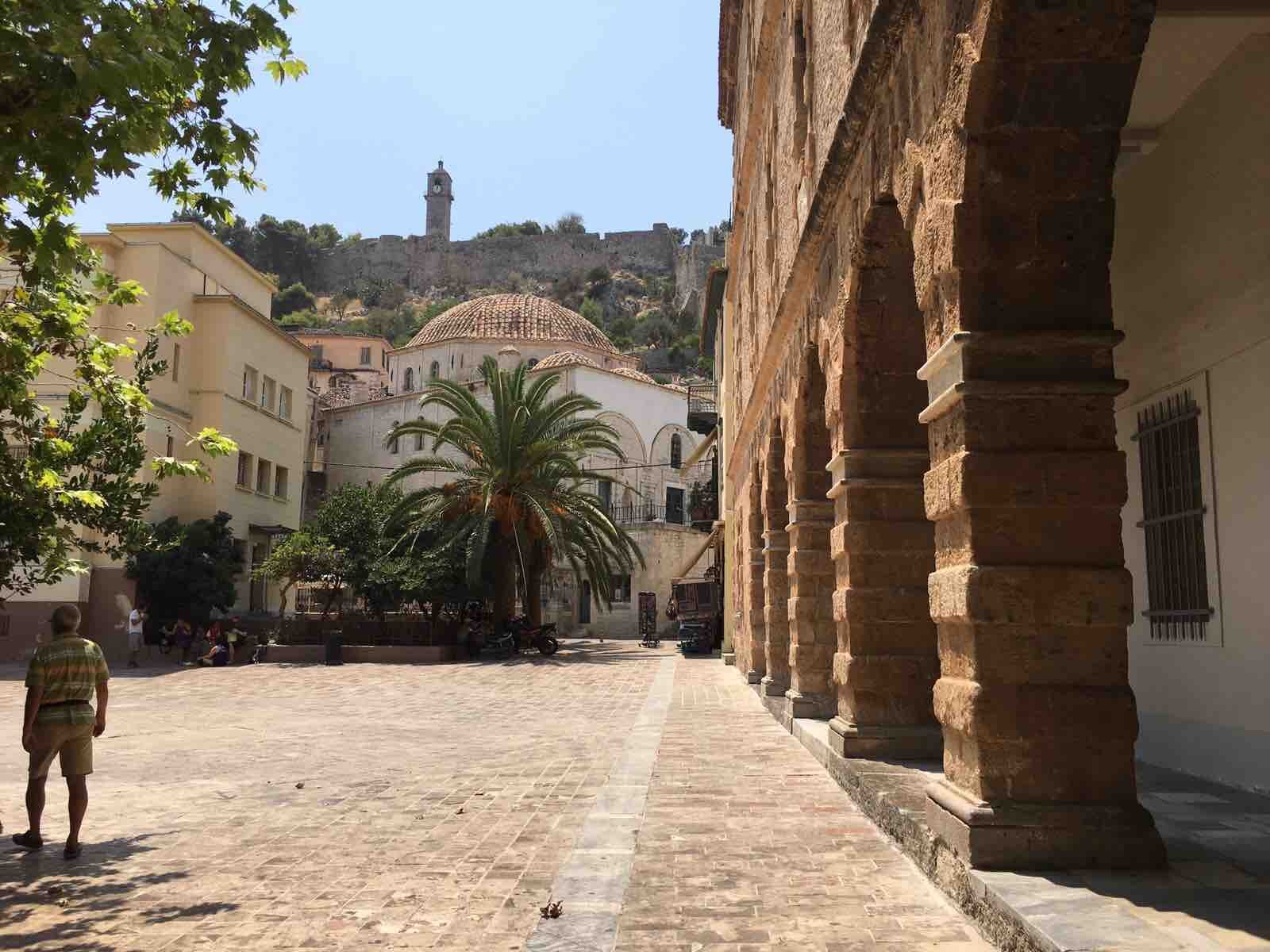Water Research Trip | Athens | Attica, Greece
July of 2016 was the first and introductory water-related research trip to Greece - within ACTIVATE’s larger and ongoing regional EM/MENA Project - that initiated the development of a larger collaborative project for the 2017 Seoul Biennale.
N.B. The results of this July 2016 trip were presented to Eydap Company in December of that year. Special thanks go to Mr. Giorgios Signoris, Mr. Christos Kiosis, Mr. Costas Ripis of the Employees Federation of the EYDAP Athens Water Company (OME); and Mrs. Effie Nestorides of Eydap Management. Also, as in our first fieldwork trip to Egypt, we were joined by Prof. Hyewon Lee, curator of the Urban Foodshed section of the 2017 Seoul Biennale.
The very first steps of this project began through the kind invitation to Athens of the Employees Federation of the EYDAP Athens Water Company, to visit their offices, learn about their responsibilities and endeavors, and visits to important water sites in the city, and in the Attica region, such as the Marathon Dam and Reservoir and also the seaport town of Nafplio in Pelopponese.
EYDAP is the Water Supply & Sewerage Company of the greater metropolitan area of Athens and the district of Attica. Our hope was to invite them to work with us to develop a project for the ‘City of Athens’ at the Seoul Biennale, which would be addressing questions concerning the current state and near future of major urban centers around the world, exploring urban strategies with regard to the effects of rapid global urbanization, scarcity of public resources, and privatization of commons.
Since the time of its birth, the city of Athens has existed with the understanding that its water is rooted in the mythical contest between Athena and Poseidon, it hence can be said that this city has been identified and connected - physically, socially, culturally, historically - by this one ‘commons’. Hence a project could present the city specifically and entirely through the resource of “water”.
At the beginning, the objective of this project was to be based on a historical overview of the water supply and management of this ancient center of civilization; moreover, to show how EYDAP can be regarded today as the contemporary ‘water-keeper’ of the city’s long water heritage. Hence, from a curatorial perspective, to show how Athens has been held together, connected - physically, socially, culturally, historically by this one commons.
On another layer however, it is a city that has had a water distribution system and legal water code since the 6th century BC, and historical water sites still visibly part of the daily life of its citizens; it has the highest quality water in Europe today because of its geography and unique mountain sources; EYDAPs R&D Dept had recently won an European award for greywater eco-innovation. But the pressing issue of the moment, is that Athens could be used as an example to all the world of the ongoing threats of water privatization, despite the "off-trend" nature of this water management approach globally. Despite the re-municipalization of cities in the global north (due to its many proven drawbacks) in some locations around the world, many cities are being 'forced' to succumb to exterior pressures to give away their right to own this resource entirely based on economic reasoning.
The Road passing over the face of wall of the Marathon Dam. Its reservoir operates as a backup source for the water supply system of the greater Attica region and as a primary regulating reservoir, and is managed by EYDAP.
The case of Greek water also raises less comfortable questions within current realities in Europe, of EU and IMF austerity measures and bailout packages that continue to be implemented with general disregard to public opinion and the common good - leading to a loss of not only financial sovereignty, but also the very independence of some European nations, and an increasing disparity of genuine representation among its citizens. By stripping Athens of its water, it threatens the very identity of the city, and the connection of its historical past to the present day within the larger framework of the current and impending threat to the ownership of this resource in Greece.
It was an opportunity to not only introduce to the Biennale audience to the responsibilities and initiatives of EYDAP, but to also showcase the city and the wider region with material ranging from its historical water sites and networks, to the current water cycle of the Attica area. This could potentially be done from multiple angles, including the environmental, cultural and the human aspects of the topic of water. Furthermore, it provided an opportunity to show the processes of management of this precious resource in the urban context of today’s expanding cities, and the increased pressures on natural resources.
Our research needs centered around the expertise of various sectors of EYDAP in order to connect the historical aspects of Athens water to the current undertakings of the company, such as collecting 1) historical archival material; 2) external historical material on the city; 3) technical information; 4) photographic & audiovisual material; 5) creating texts for the exhibition etc. Finally, it also entailed visiting some of the main water sites of the Attica region.
To achieve this, many meetings took place at the main buildings of the company (Management) which included with the President of EYDAP; meeting with the Director of the Cultural Center of the Workers of EYDAP based at the hilltop Dexameni location with its open-air cinema site; with representatives of OME at the Marathon Dam; and the Board of the historic Palamidis Cultural Association in the seaport town of Nafplio.
The ultimate results of this collaborative project were presented at the “2017 Seoul Biennale of Architecture and Urbanism”, within both its sections, the Cities and Thematic Exhibitions.
“The People’s Water” Project was presented in the “Commoning Cities” exhibitions section of the Seoul Biennale as a urban water project →
“The People’s Water” Project presented at the Urban Foodshed exhibition section of the Seoul Biennale →
EYDAP Company Official Website →
Dexameni - Ancient Cistern
This site is a testament to the fact that the city has had its own water supply system since roughly 530BC, and a water legal code that dates to the same period.
The ancient cistern of Hadrian’s Aqueduct (134 -140 AD) the Dexameni (cistern) which once provided the water supply for all of Athens and was built by the Emperor Hadrian. The Hadrian Aqueduct which was the first large-scale water supply project in the history of the city. The construction of the aqueduct began in 134 A.D. and was completed in 140 A.D. The purpose of the project was not to supply the ancient city of Athens with water, as many believe, but to supply the Roman quarter of the city referred to as “Hadrian’s City”.
The Secretary of the Board of the Eydap Employees Syndicate kindly accompanied us to this site, in order to give us access to the underground reservoir (opened only once every January for water-blessing), situated deep below the public square of the Lycavittos hilltop and the open-air cinema run by Eydap, in the Kolonaki area of Athens. There we also met with the Director of the Cultural Center of the Workers of EYDAP based at open-air cinema site.
Marathon Dam and Reservoir
In the early 1900’s, Athens’ growing population and the pressing need for the development and expansion of the city, demanded an immediate action to be taken. Thus, in 1925, a contract was signed between the Greek Government, the Bank of Greece and the American Firm ULEN and Co for the financing and construction of new water supply works. The result of the contract was the formation of a company, «The Greek Water Company S.A.» (with the greek acronym EEY), with the sole purpose to construct and operate water supply works for Athens. It’s first major construction was the Marathon Dam and Reservoir, (1926-1929), an arch dam with a total height of 54 m., 285 m. length and maximum water capacity of 43 mil. m3. Over 900 people were involved in the construction of the dam which is worldwide considered as unique, because the dam's face and visible structure paneled externally with white Pentelikon marble as was used to build the Parthenon of Athens.
The historical dam and reservoir of Marathon (the construction of the Dam created the artificial lake of Marathon) in the district of Attica, Greece, is under the jurisdiction of EYDAP Athens Water Company. The dam was built in 1929 along with its long supply tunnel, and became the main provider of water for the city of Athens. The Dam is 54 meters high, 285 meters long, with a maximum capacity of 41,000,000 m3. On the inside it is made of concrete, which is made of crushed marble, cement and volcanic ash, on the outside, it is covered in the same Pentelikon marble that was used to construct the Parthenon in ancient Athens.
Also arranged for us was a full day-trip to the Marathon Dam, where we were able to see and walk around the site from above and below the massive structure, and the surrounding reservoir/lake. We were accompanied by several representatives, including the company's Director of Infrastructure - a Greek-American civil engineer, a lady with genuine 'Greek water' family history - her grandfather had overseen the building of the dam and surrounding structures, and father had been the first director of the Athens Water Company.
At the time it was built, the Marathon Dam was seen as a major symbol of modernization in Greece. The dam's location near Marathon signified a connection to Greece's past with the Athenians' victory at the Battle of Marathon, while its modern structure, the largest project in the Balkans at the time, signified a connection to the future and victory over nature. A replica of the Athenian Treasury temple at Delphi constructed at the base of the dam further illustrates the connection.
At the base of the dam a replica of the Athenian Treasury Temple at Delphi, the plaque within the temple reads:
“To commemorate their victory at the battle of Marathon, the Athenians erected a treasury at Delphi.
This building is a replica and commemorates a victory at Marathon in wrestling from nature its life giving water for the citizens of Athens”.
Marathon Museum of EYDAP
At the Eydap Museum we were able to see all the primary source material behind the creation of the Marathon Dam.
The objects displayed in the museum are part of EYDAP’s Historical Archive, including tools and machinery used for the construction of the Marathon Dam as well as for the other additional works that were carried out for the construction of the new Athens-Piraeus and Periphery water supply system.
In addition, the objects of Historical Archive include a number of other objects of oldness and historical significance that reflect the Company's long history.
A banner placed by the syndicate of employees of EYDAP at the Dam site, “Water is NOT a commodity, it is a natural and common resource for all, IT IS NOT FOR SALE”, in protest to the threat of the privatization of the Athens municipal water supply.
During this trip we also were introduced to the background of water privatization struggle in Greece that had begun with the deep recession that had begum in 2013 and followed by drastic austerity measures imposed on the country to deal with its debt crisis has forced the government to sell off resources, state assets (ports, land, mines etc), public utilities, and most of its economically viable companies. This included pressure for the privatization of the public water utilities of both the city of Athens, (EYDAP) and also that of Thessaloniki (EYATH). Until then, the trend globally had been to re-municipalize water sources, as privatization has been proven to be bad for: water quality, service to communities, neglected infrastructures, raised prices, ie. It also endangers the socially responsible policy of a company.
The aim of a future project was to use the threat of water privatization in Athens as an example to all the world of this issue. On a broader scale, to show that despite the re-municipalization trends of other countries (due to its proven drawbacks), in some locations now, cities are being "forced" due to economic conditions, to succumb to the pressures from exterior sources, and large multi-national corporations to give away their right to own their own water. Athens could be a very powerful and current example of the threat of the "loss of the people's resource" to others in this moment in time.
En route to the town of Napflio by bus, passing the bridge over the Isthmus of Corinth.
The Isthmus of Corinth is the narrow land bridge which connects the Peloponnese peninsula with the rest of the mainland of Greece, near the city of Corinth. The idea for a shortcut to save boats sailing all round the Peloponnese was long considered by the Ancient Greeks, but the idea was not actually proposed until 1830, following after Greece's independence from the Ottoman Empire. It was completed in 1893 after eleven years' work. The word "isthmus" comes from the Ancient Greek word for "neck" and refers to the narrowness of the land, and was known in the ancient world as the landmark separating the Peloponnese from mainland Greece.
The Town of Nafplio
In the seaport town of Nafplio - a town that has a played a role in Greek history from mythical times, and which was the first capital of Greece after independence.
The area of Nafplio been inhabited since neolithic times is strategically located to influence sea commerce and communications between the Aegean and the mainland. It was repopulated in Byzantine times around the 9th c. CE.
By the 12th century, Nafplio flourished as a semi-autonomous state. It’s important location was coveted by all the powers of the time, so in the centuries that followed, Nafplio changed hands several times. In 1210 Nafplio was conquered by the Franks, and in 1389 became the possession of Venice who fortified the Bourtzi islet at the port’s entrance.In 1540 it was conquered by the Turks, but the Venetians re-captured the city in 1686 and renamed it Napoli of Romania who built the famous Palamidi fort at that time. In 1715, the Turks re-captured the city once again, but eventually in 1822 it was liberated by the Greeks during the war of independence. From 1828 to 1834 Nafplio was the capital of the liberated Greek state.
In Nafplio we met with the Board of the historic Palamidis Cultural Association, a meeting organized by Eydap OME, and were given a tour of the old town and historical sites by one of their kind members - a tour also of all water sites, including the 6 Ottoman-era public spring water fountains, (see image with inscription in Arabic script); overall in Greece, the period of the Ottoman occupation contributed to the construction of fountains, public baths and water supply structures. We also visited other possible public-space locations (such the face of the Venetian building which now houses the Archeological museum in the town's Syntagma/Constitution Square) that might be used for the exhibition section of our project.





